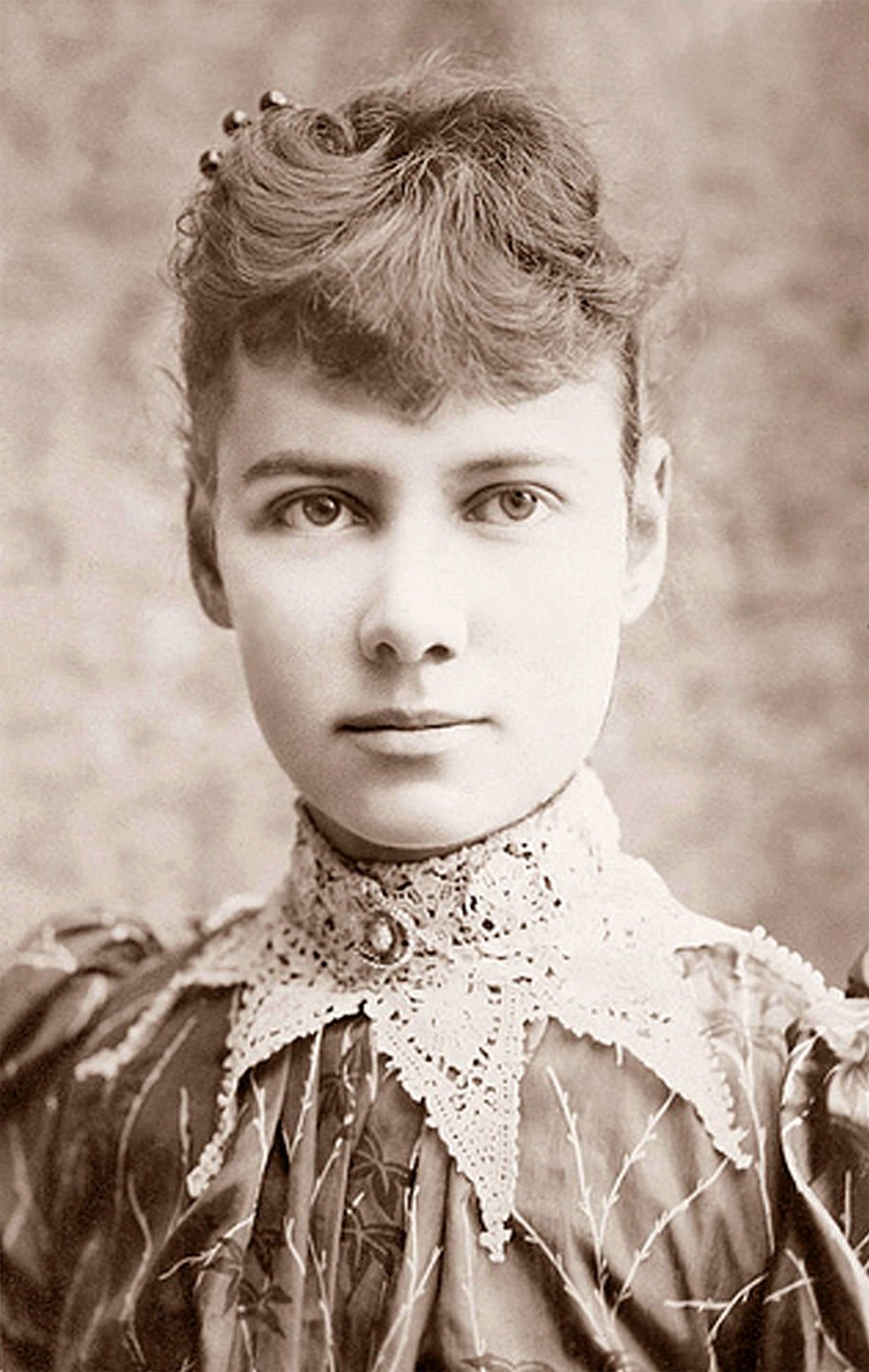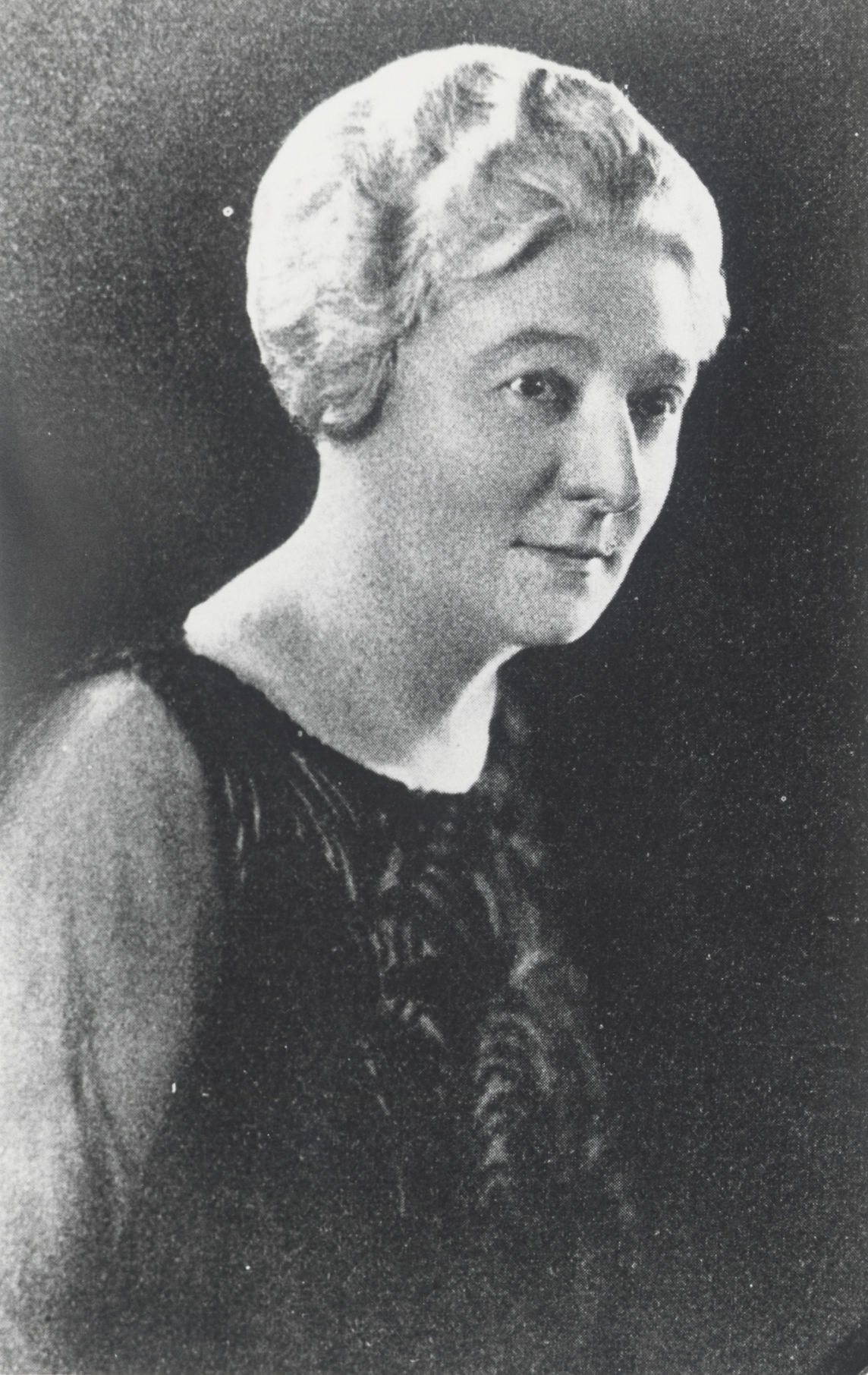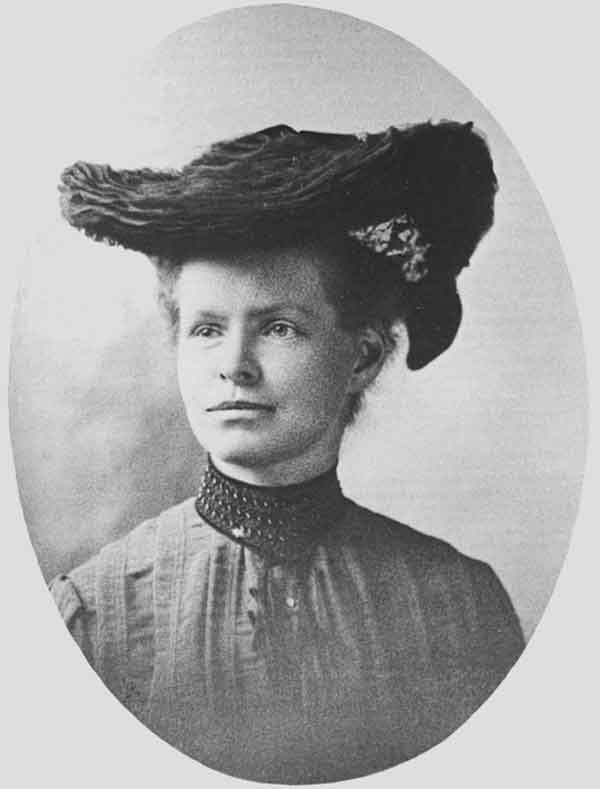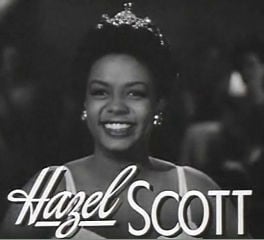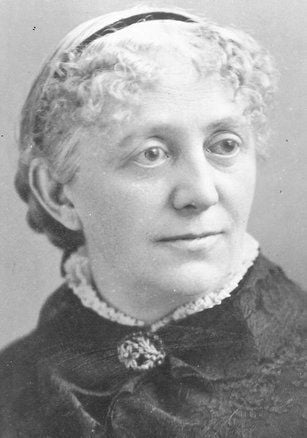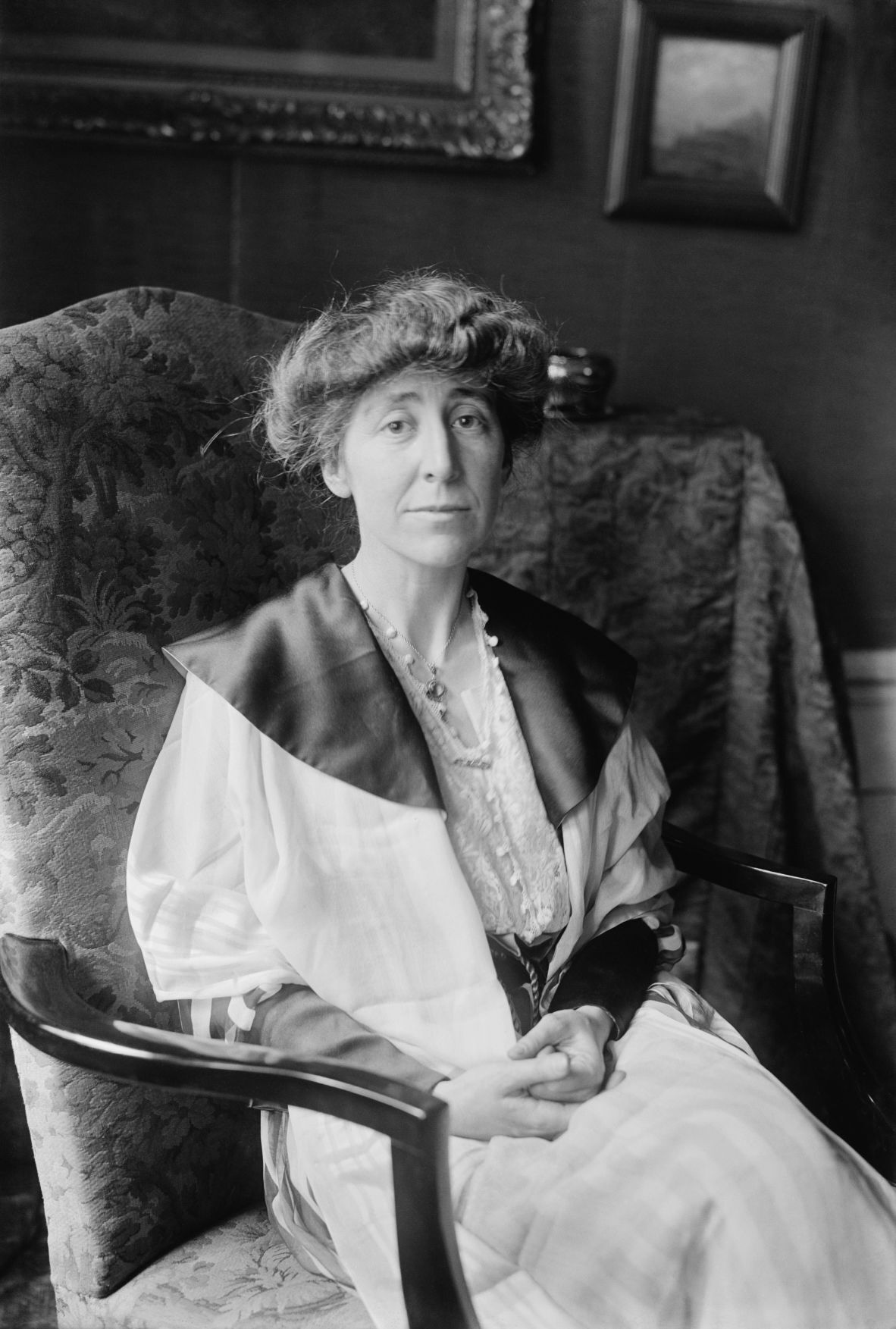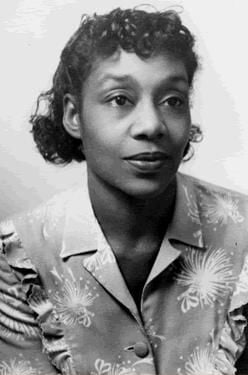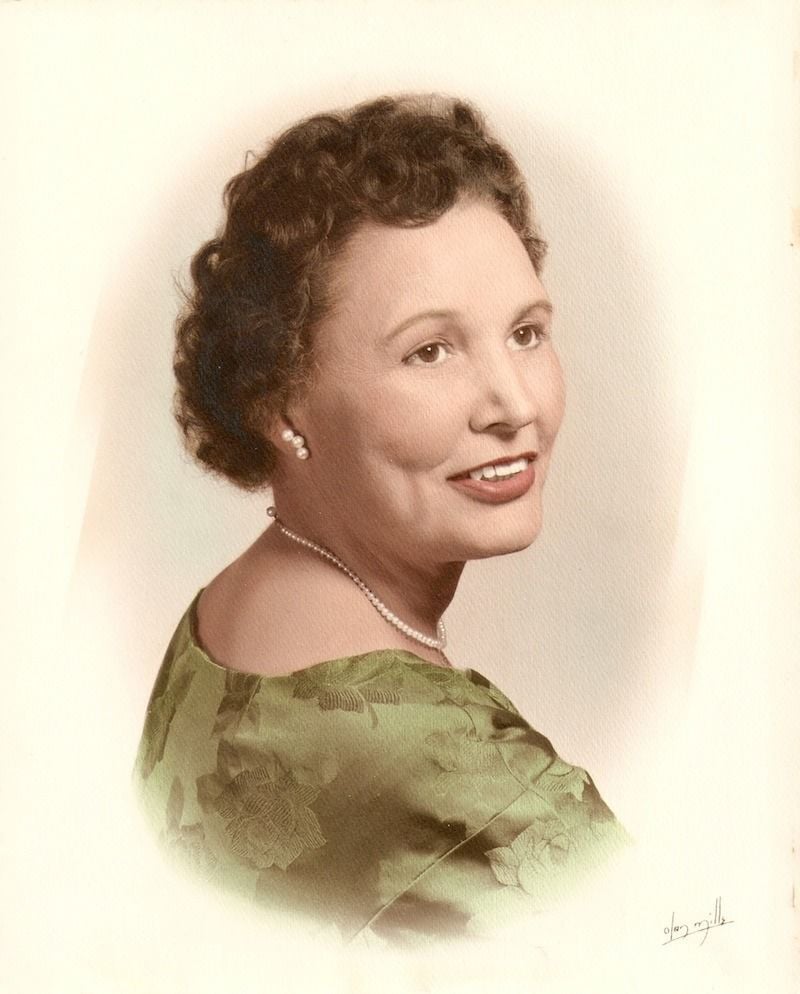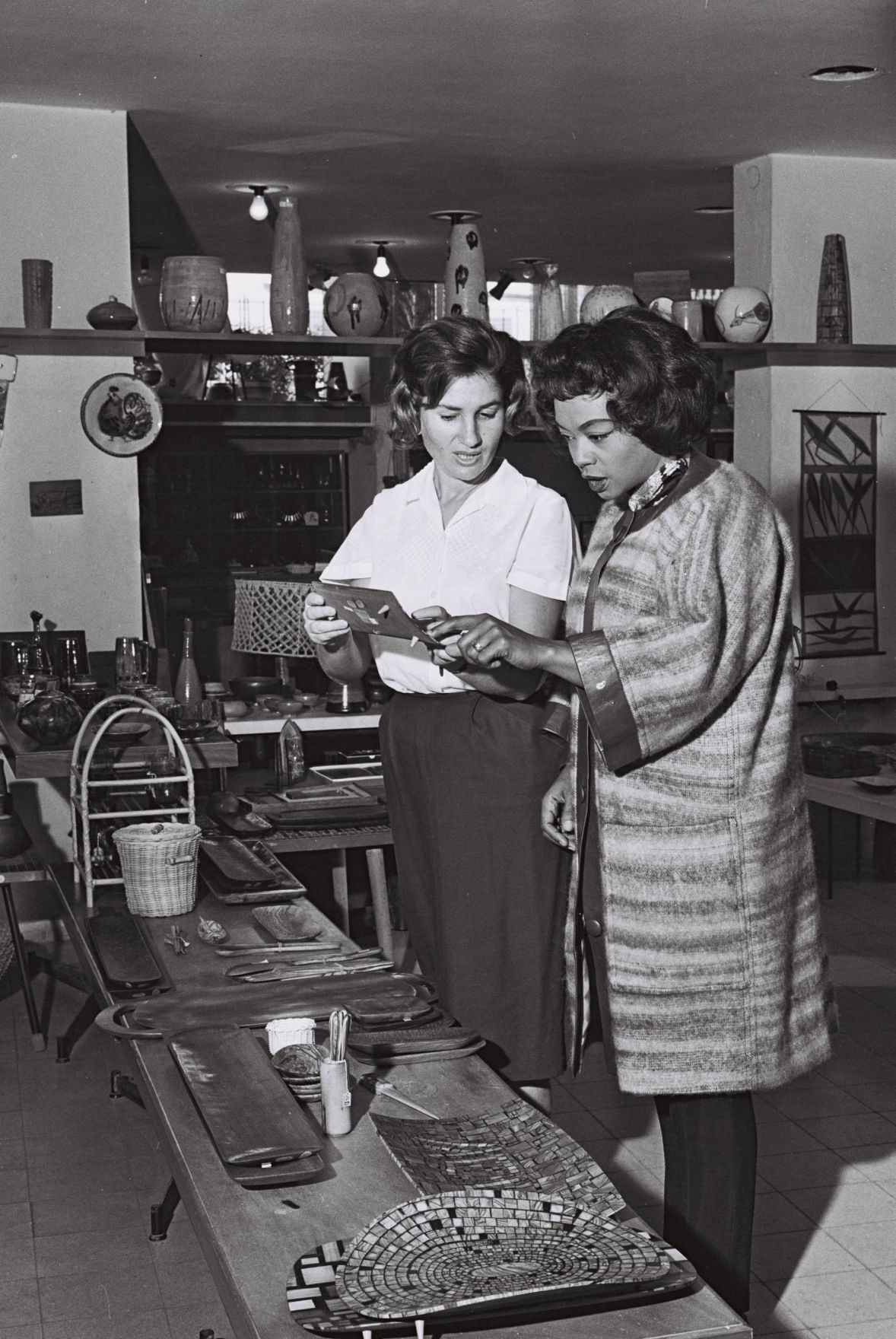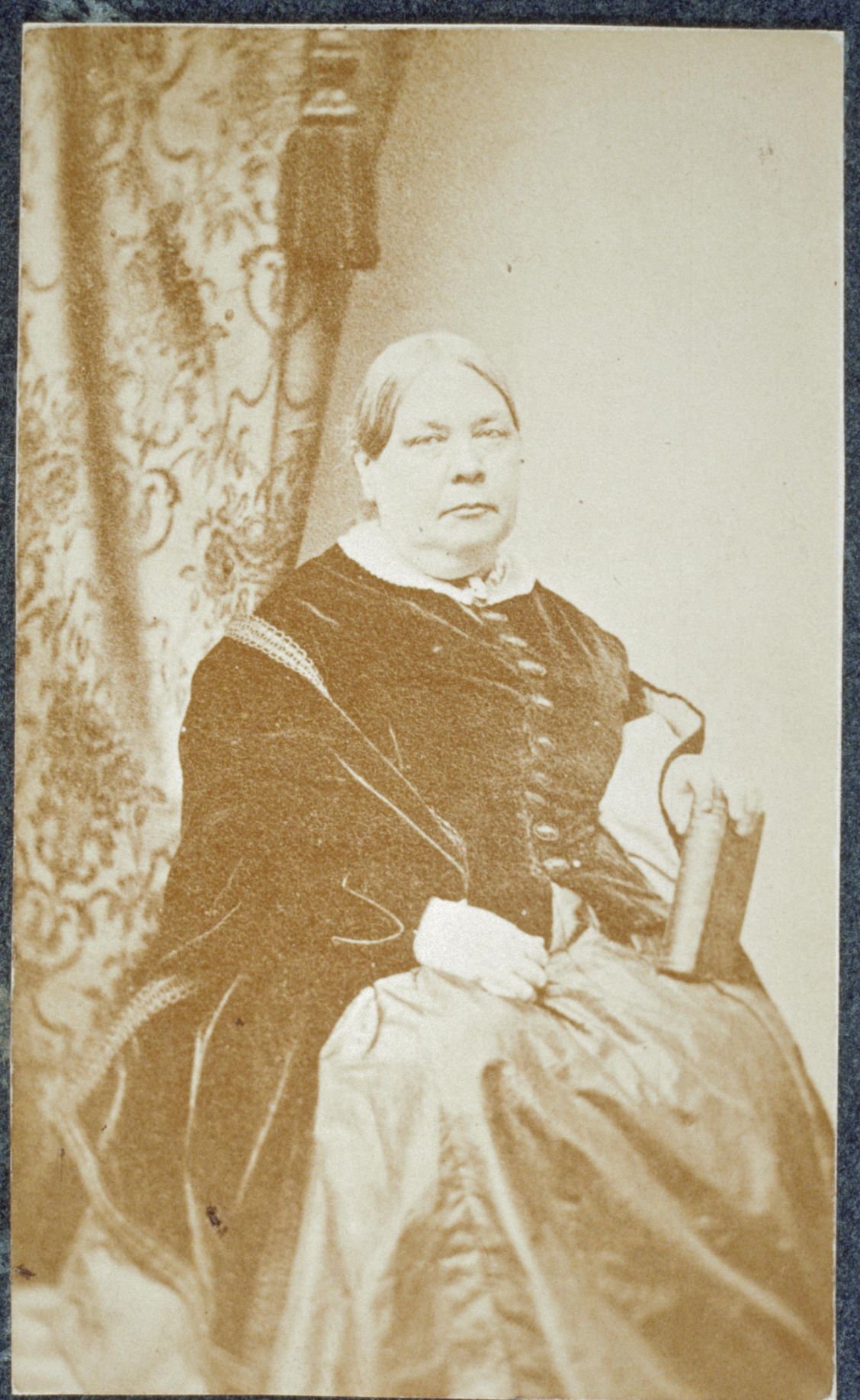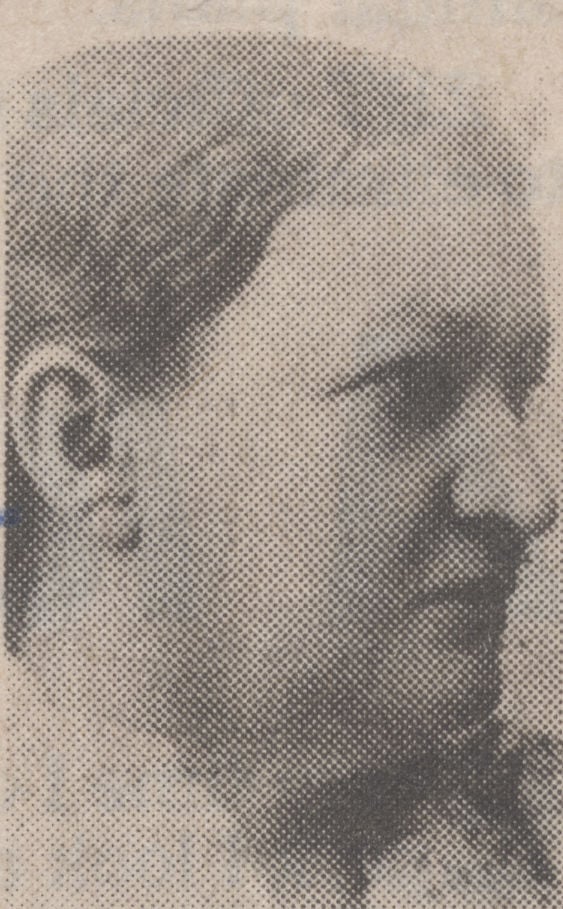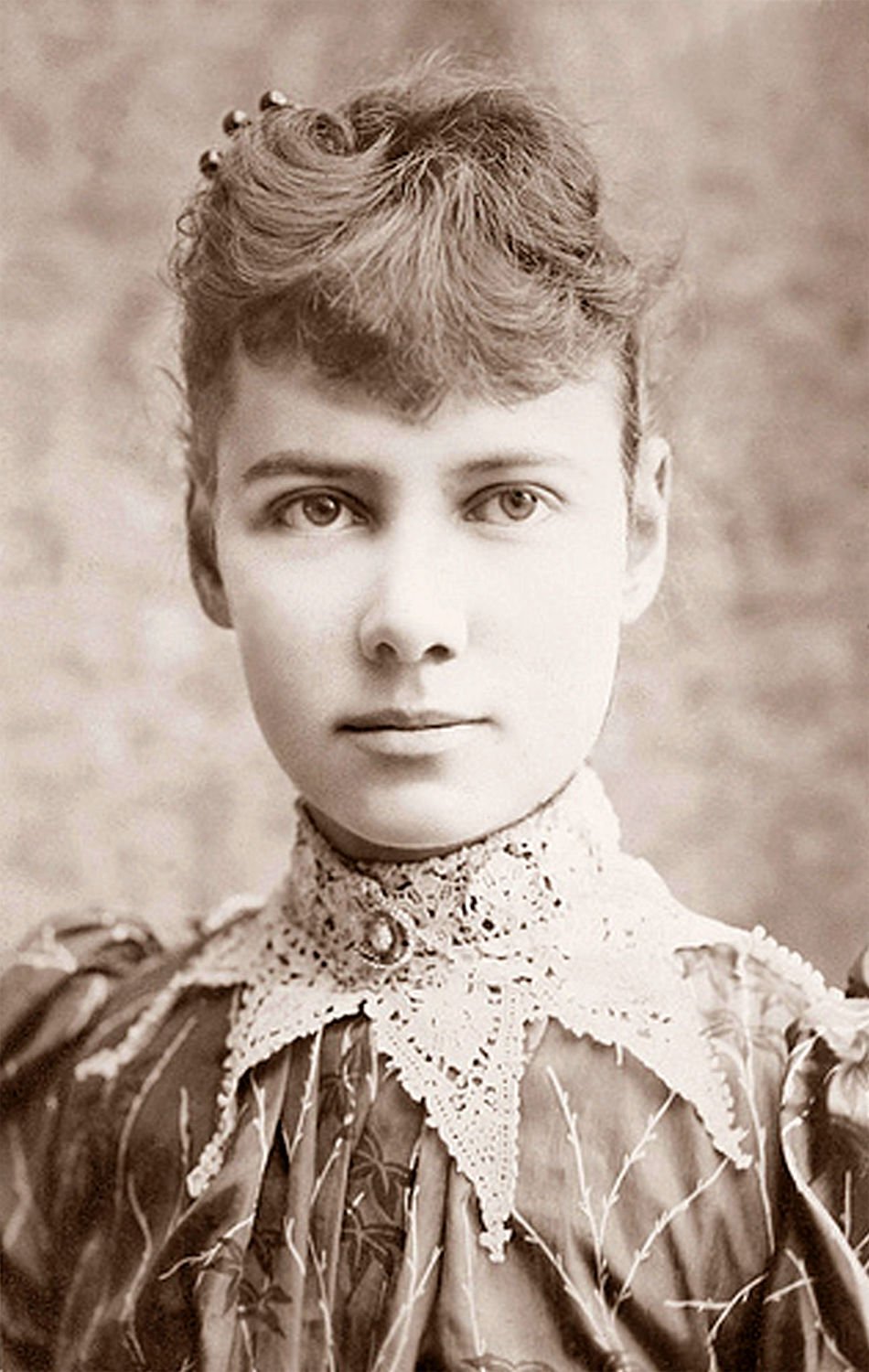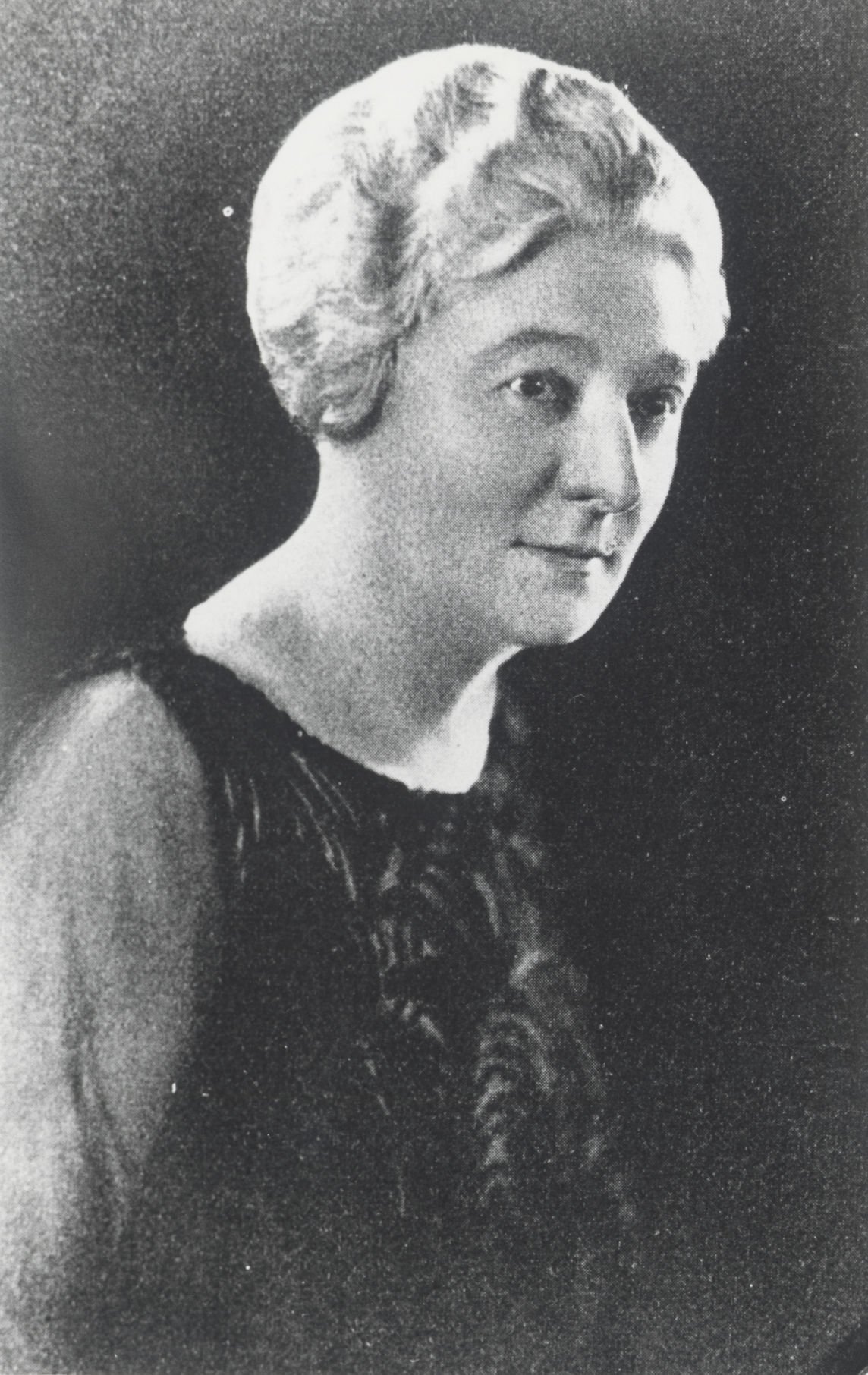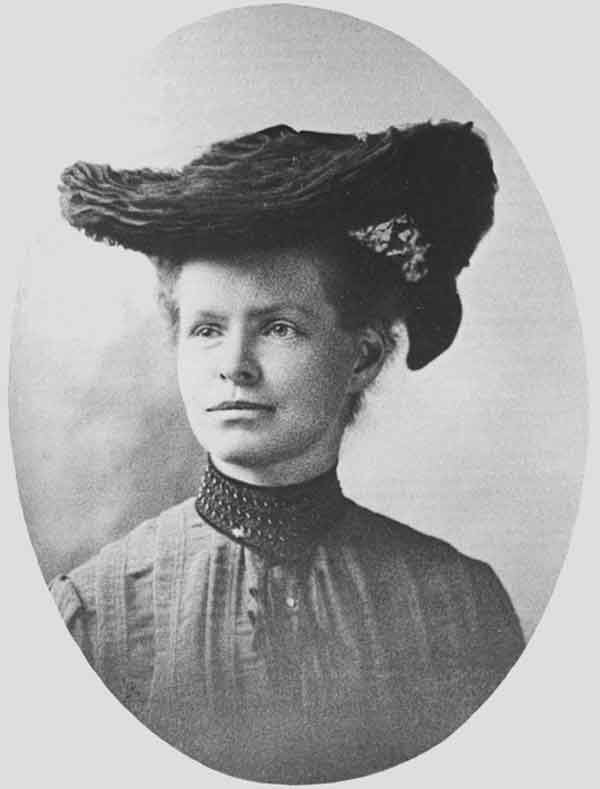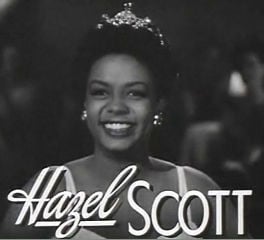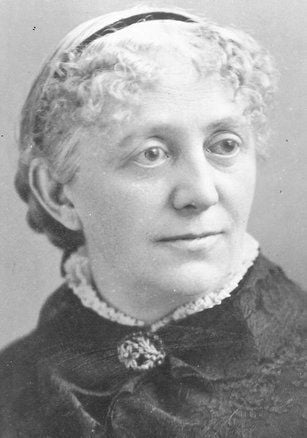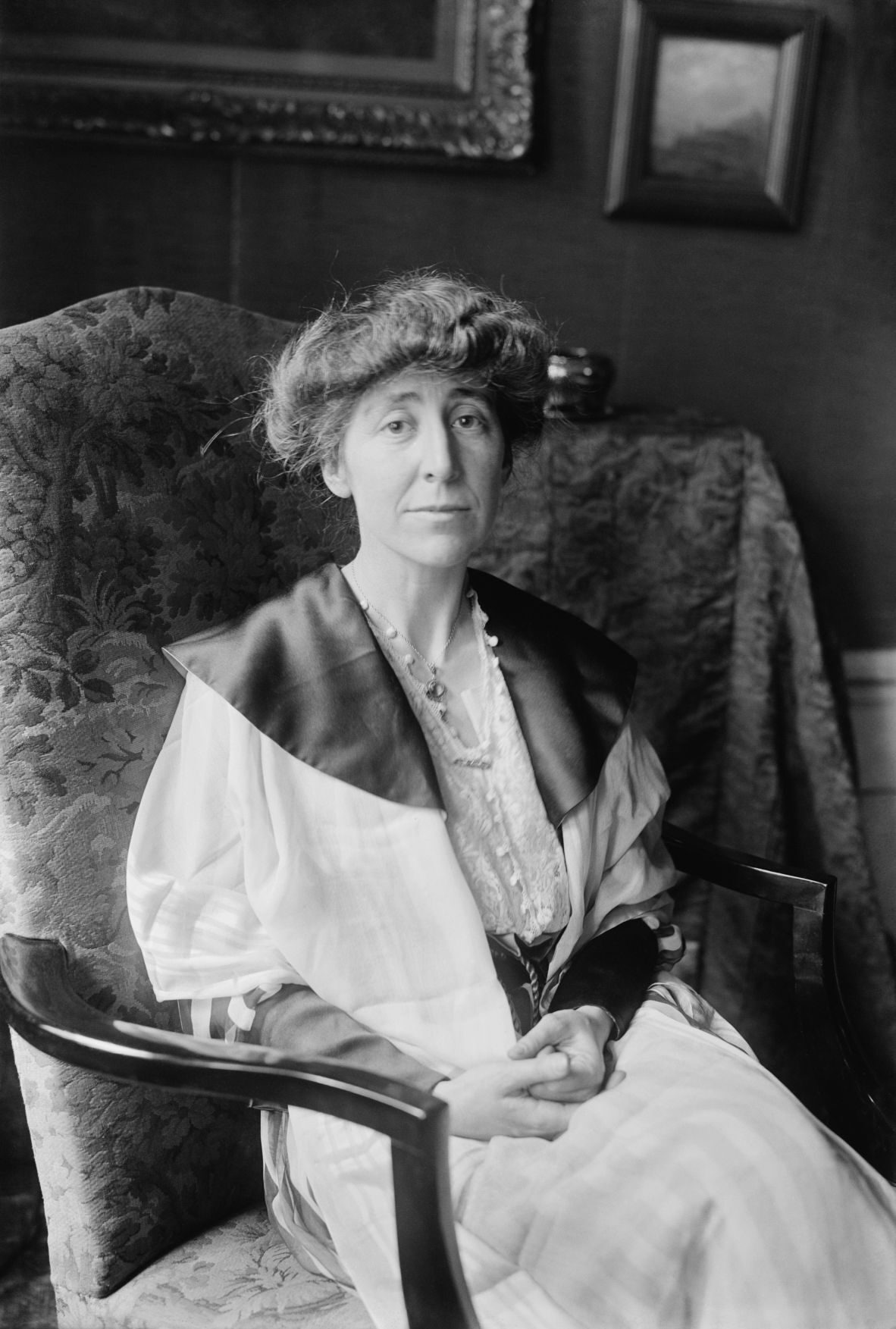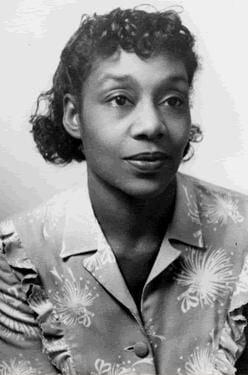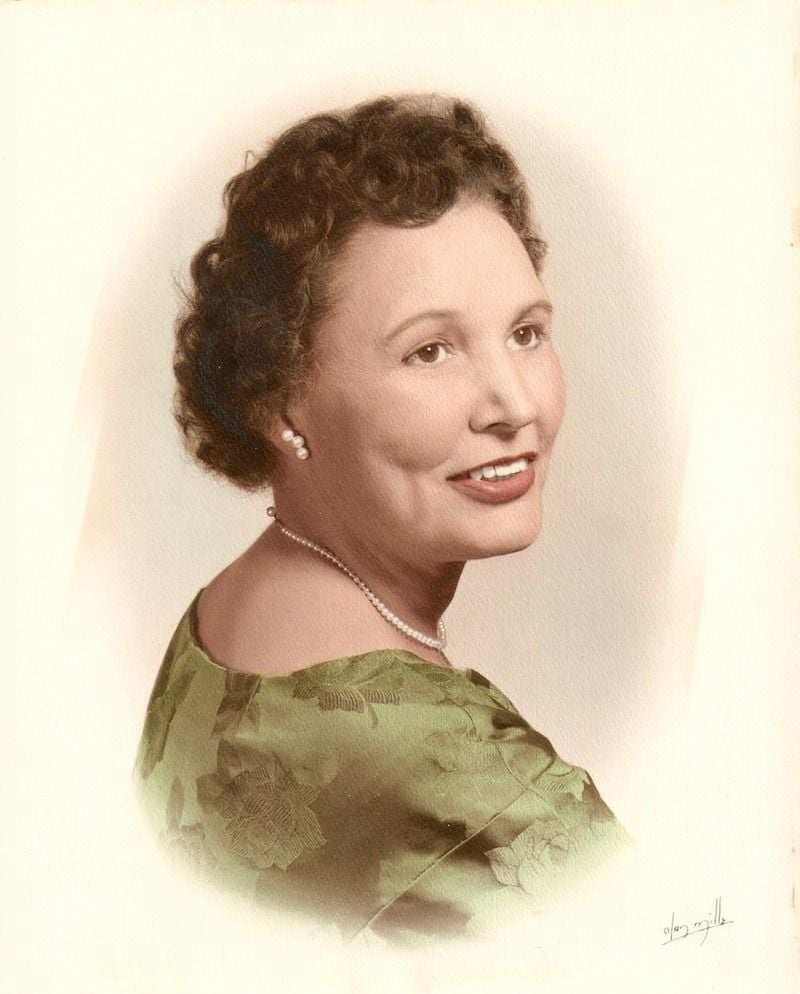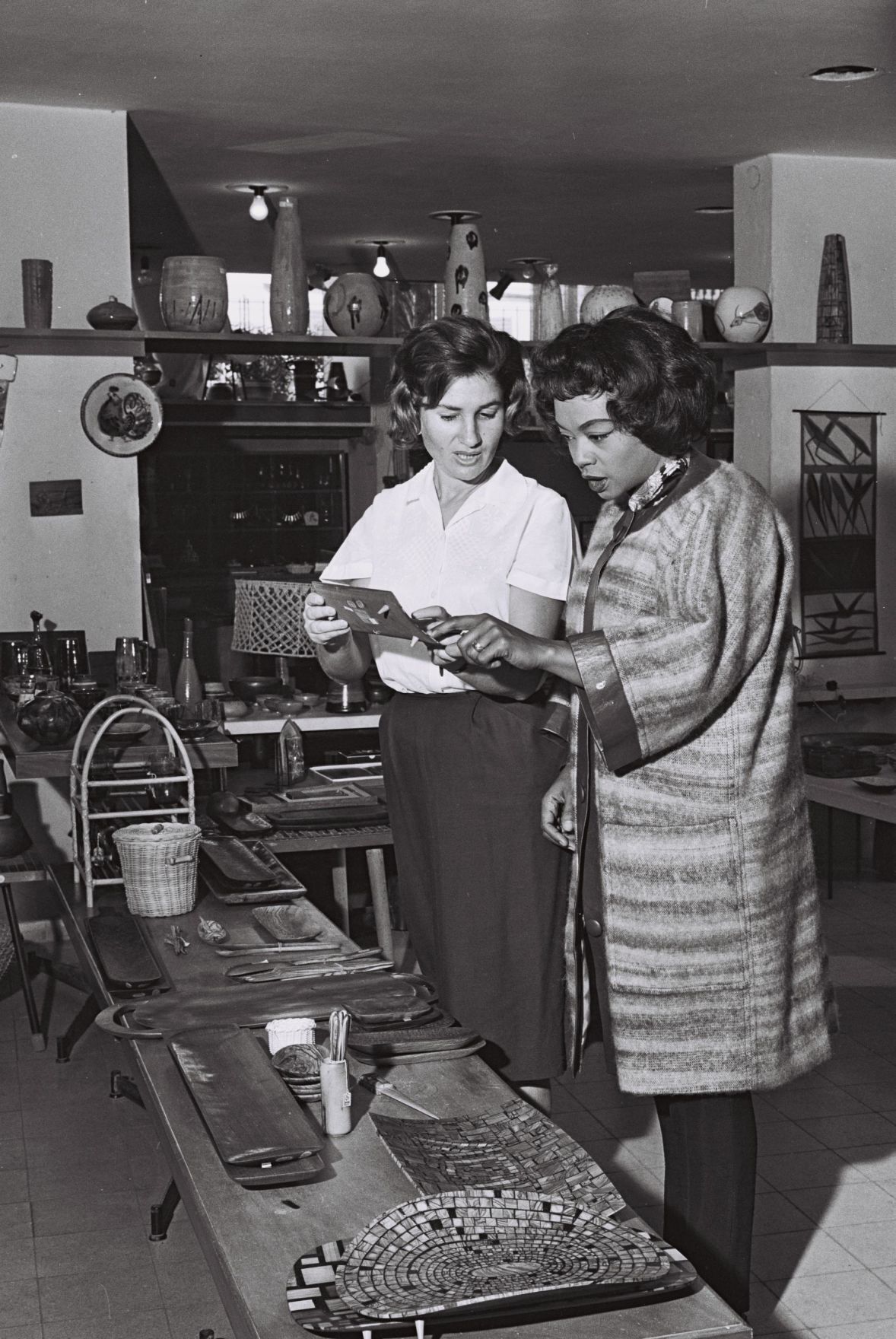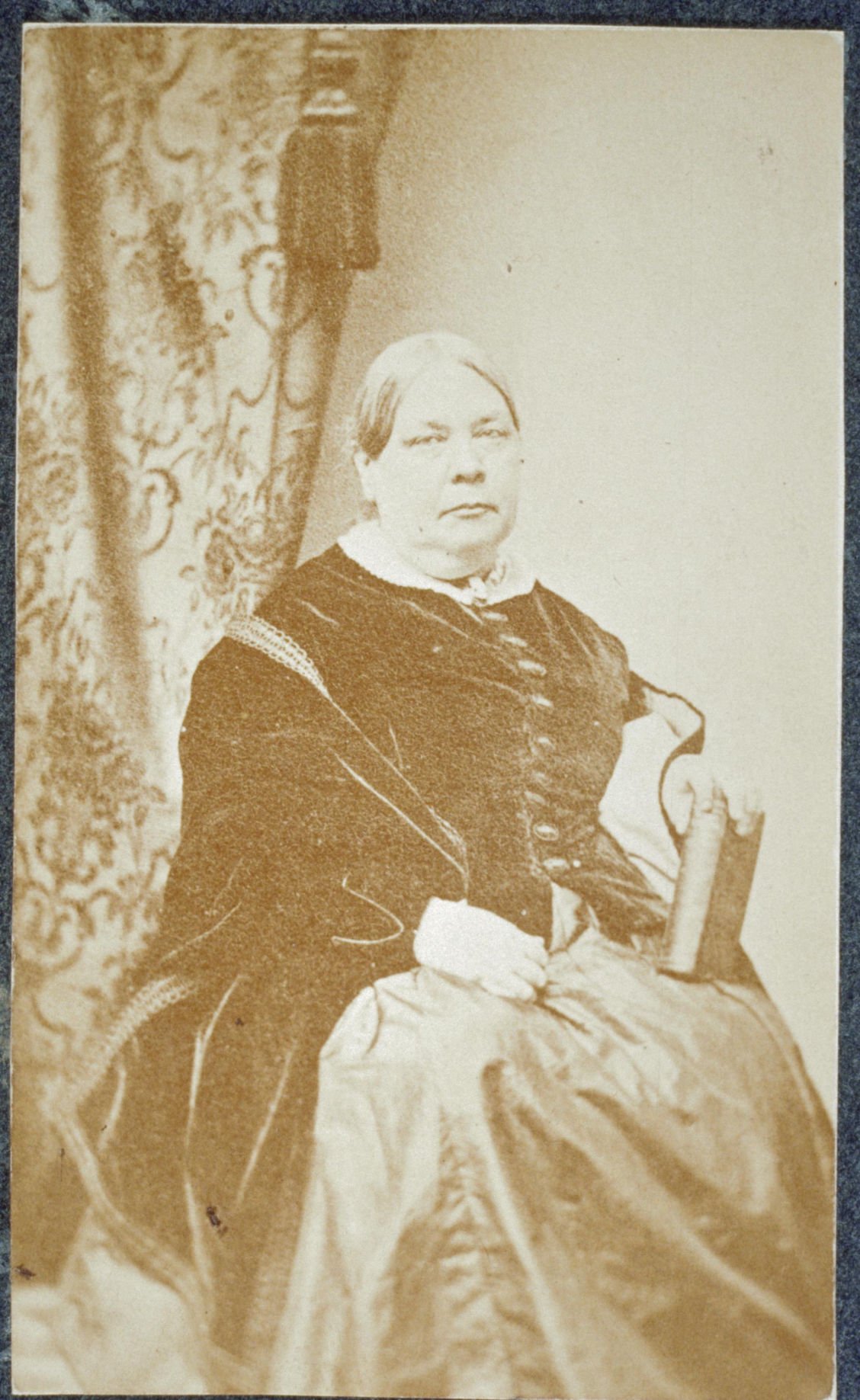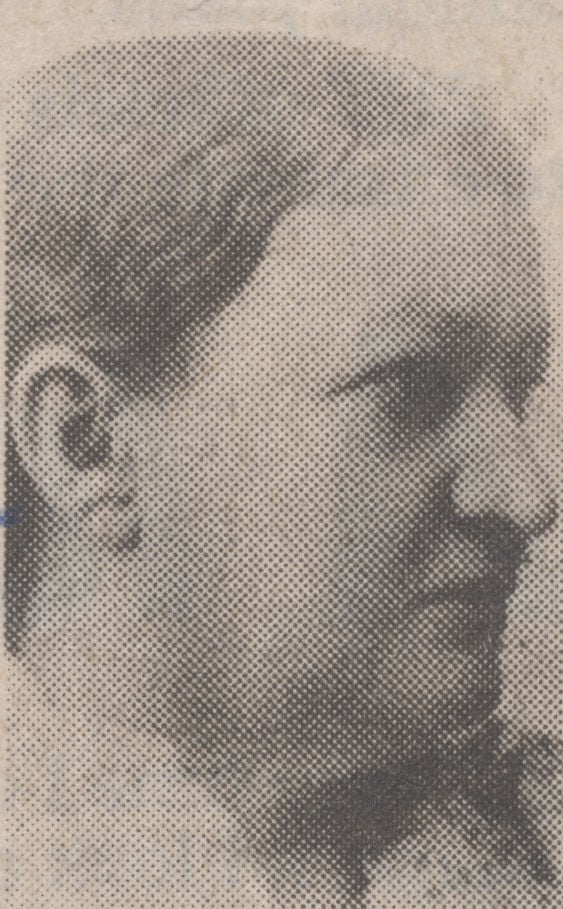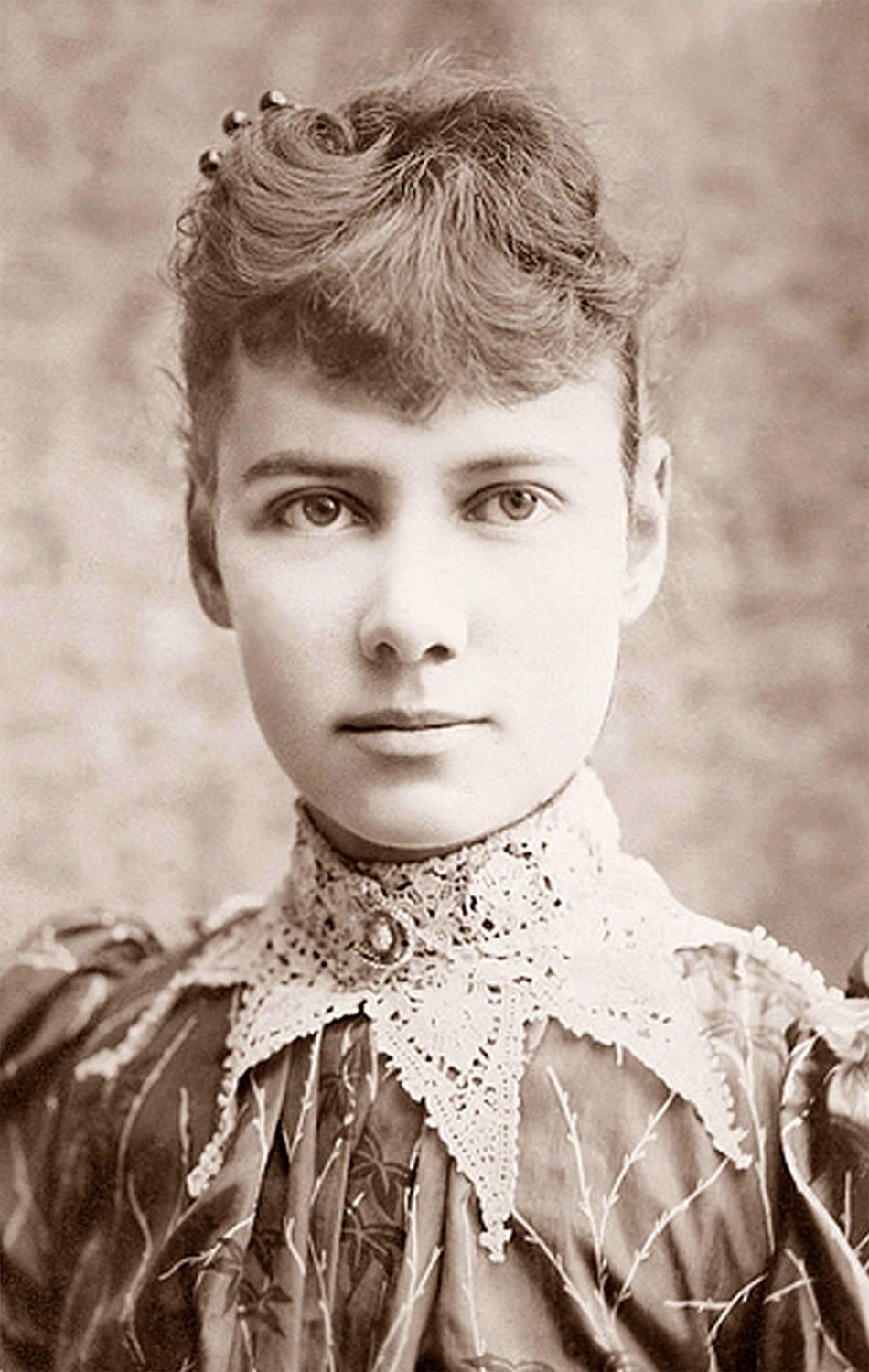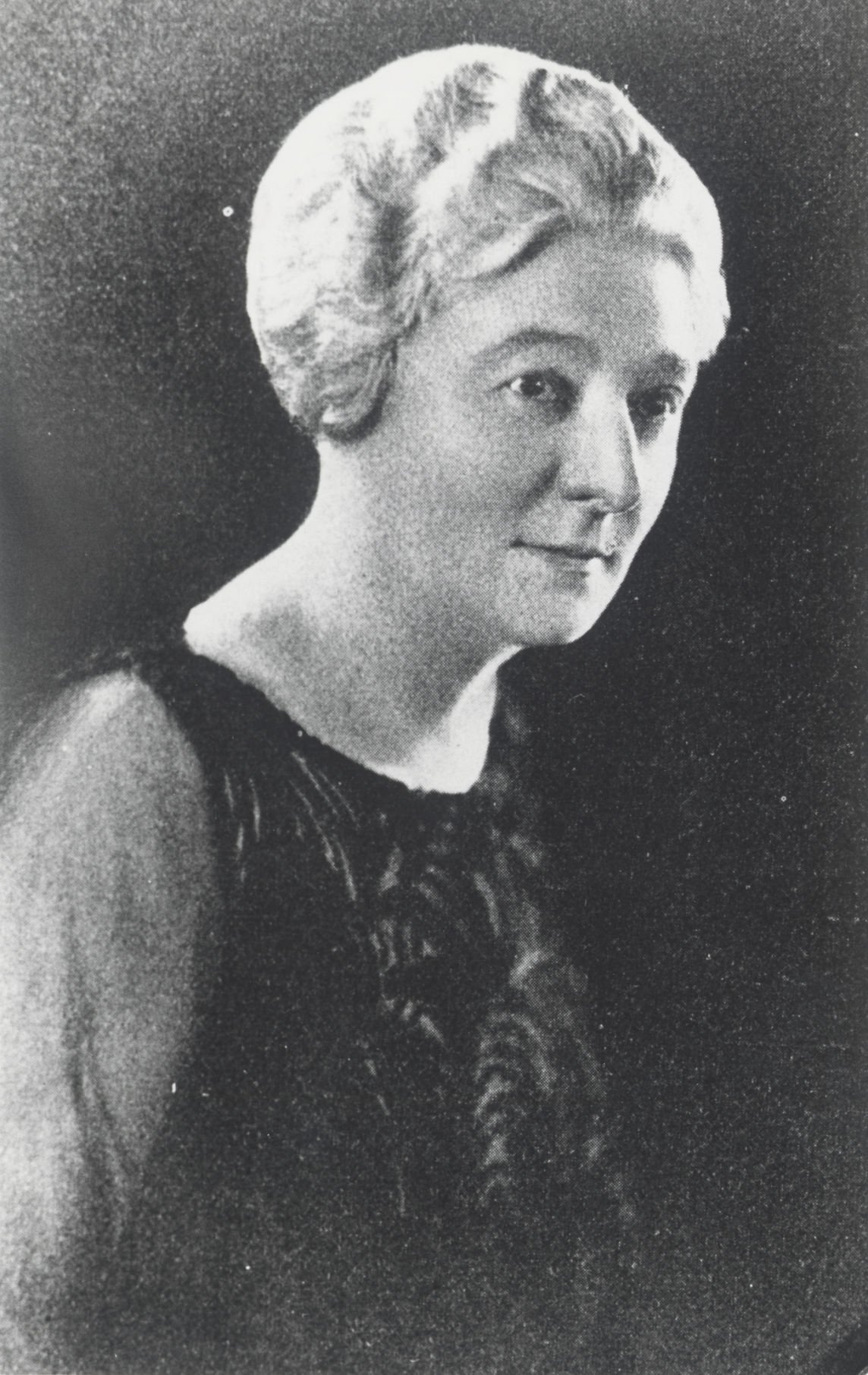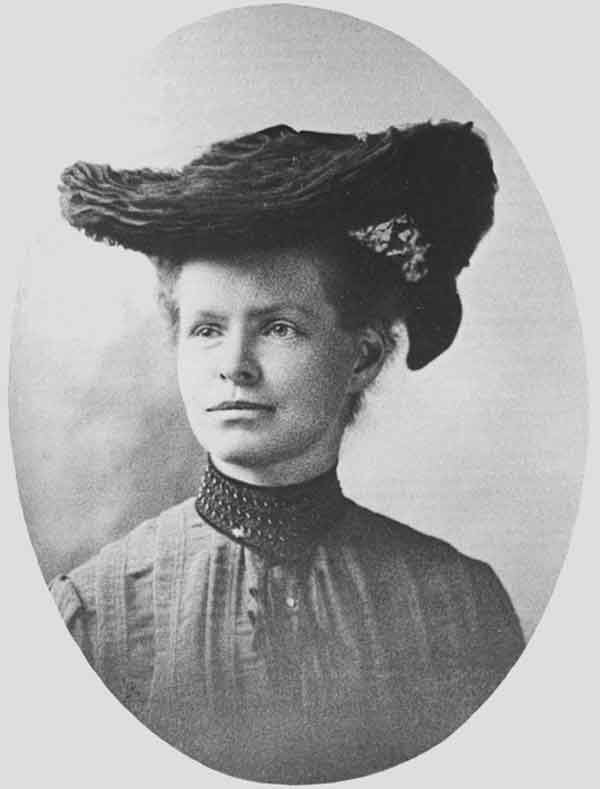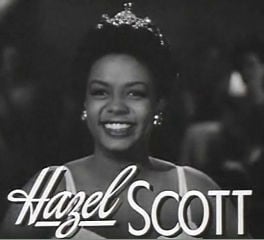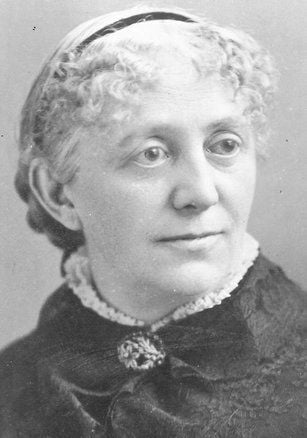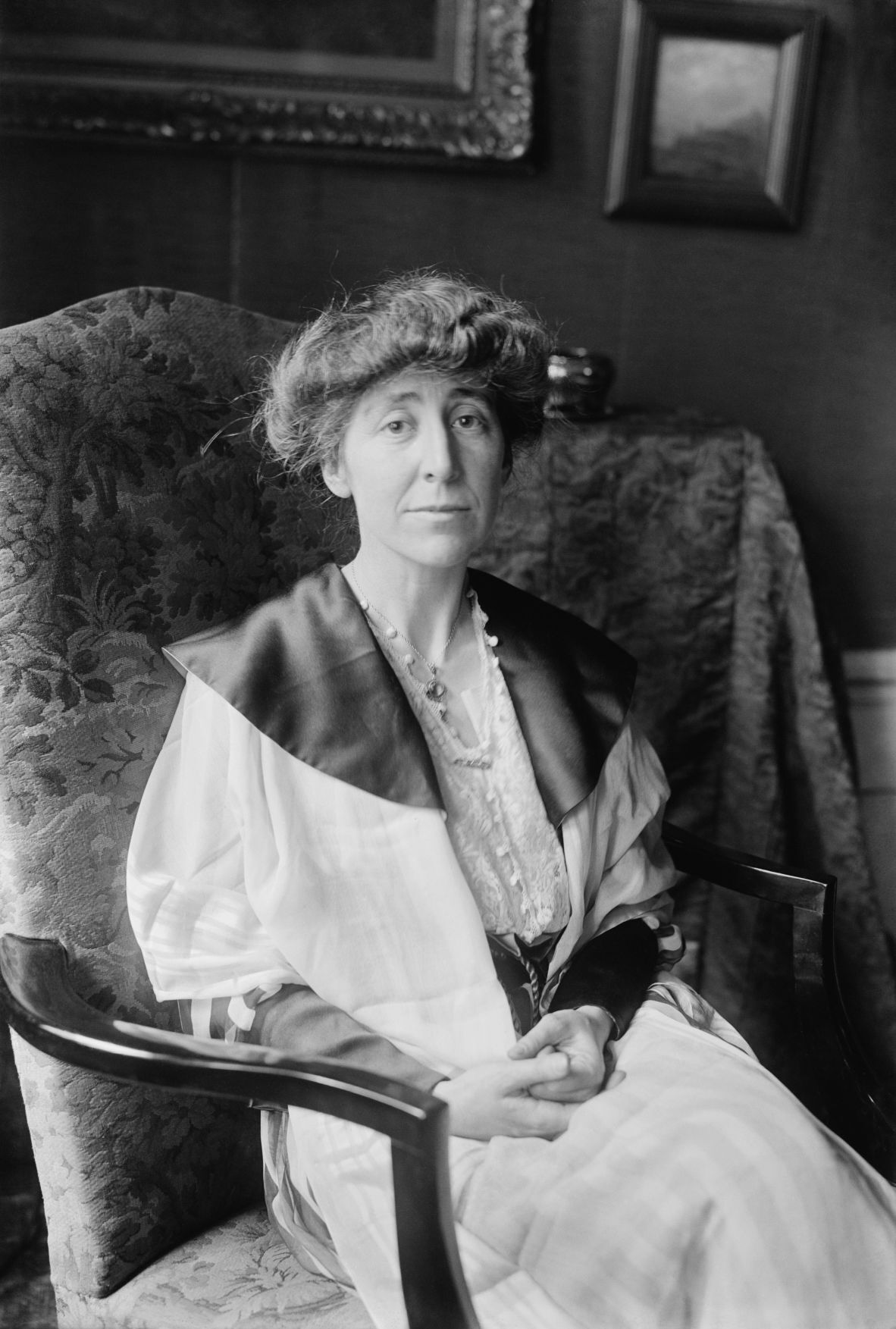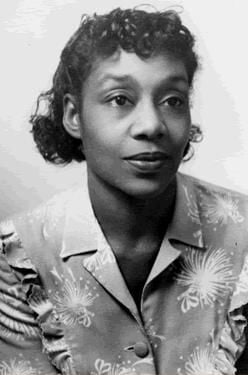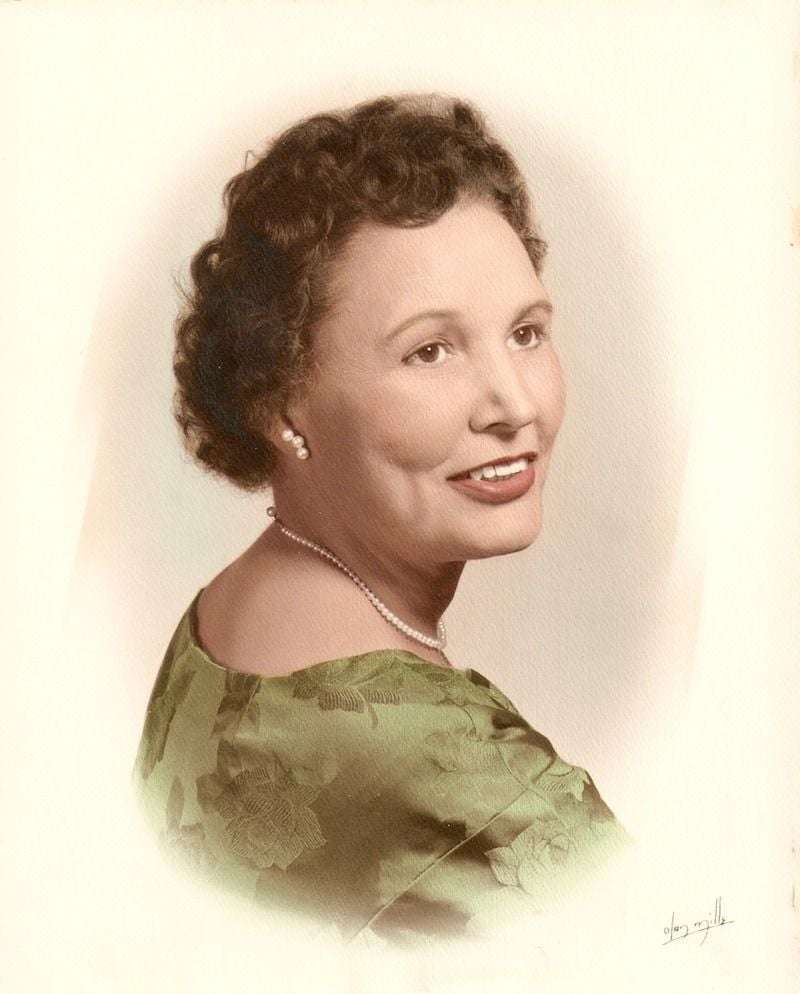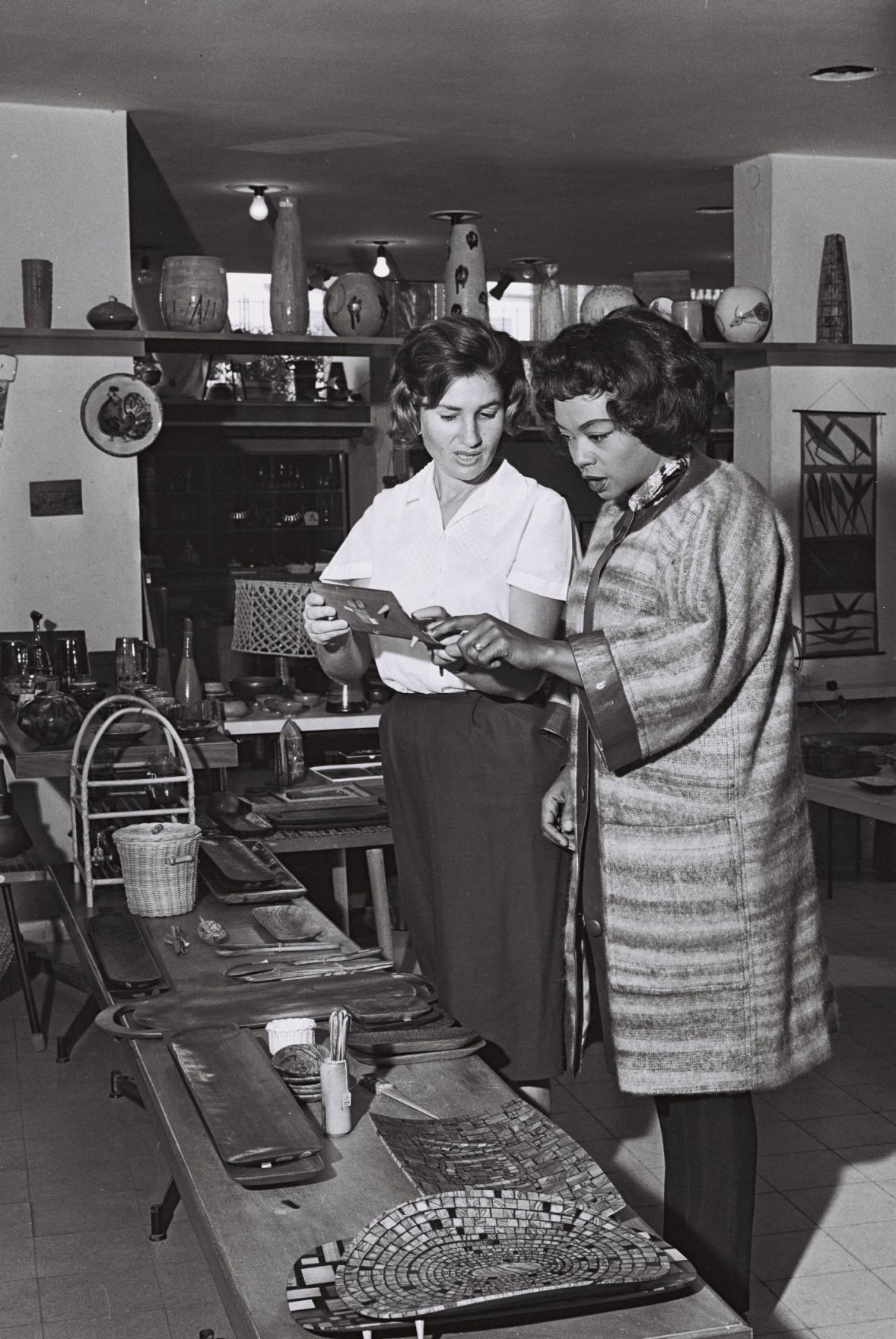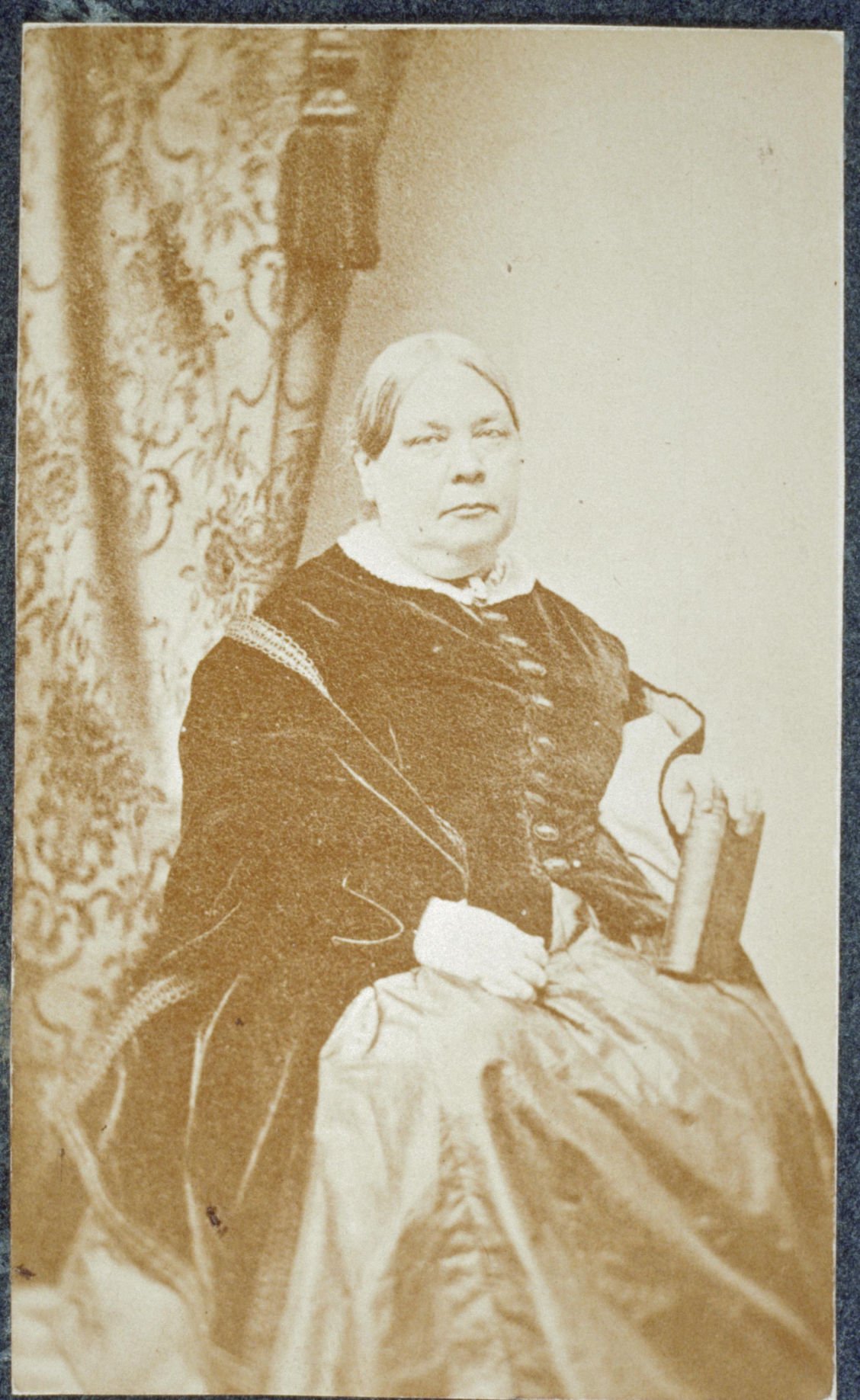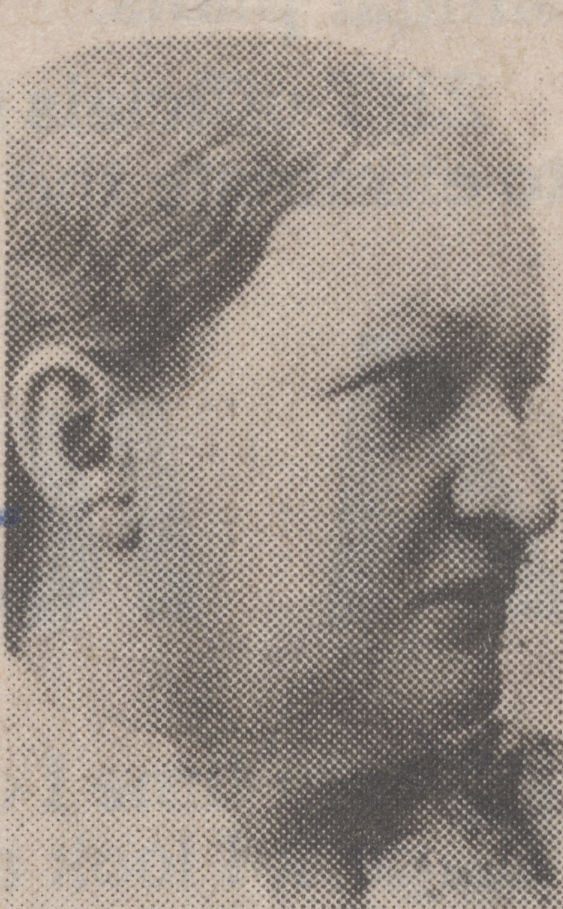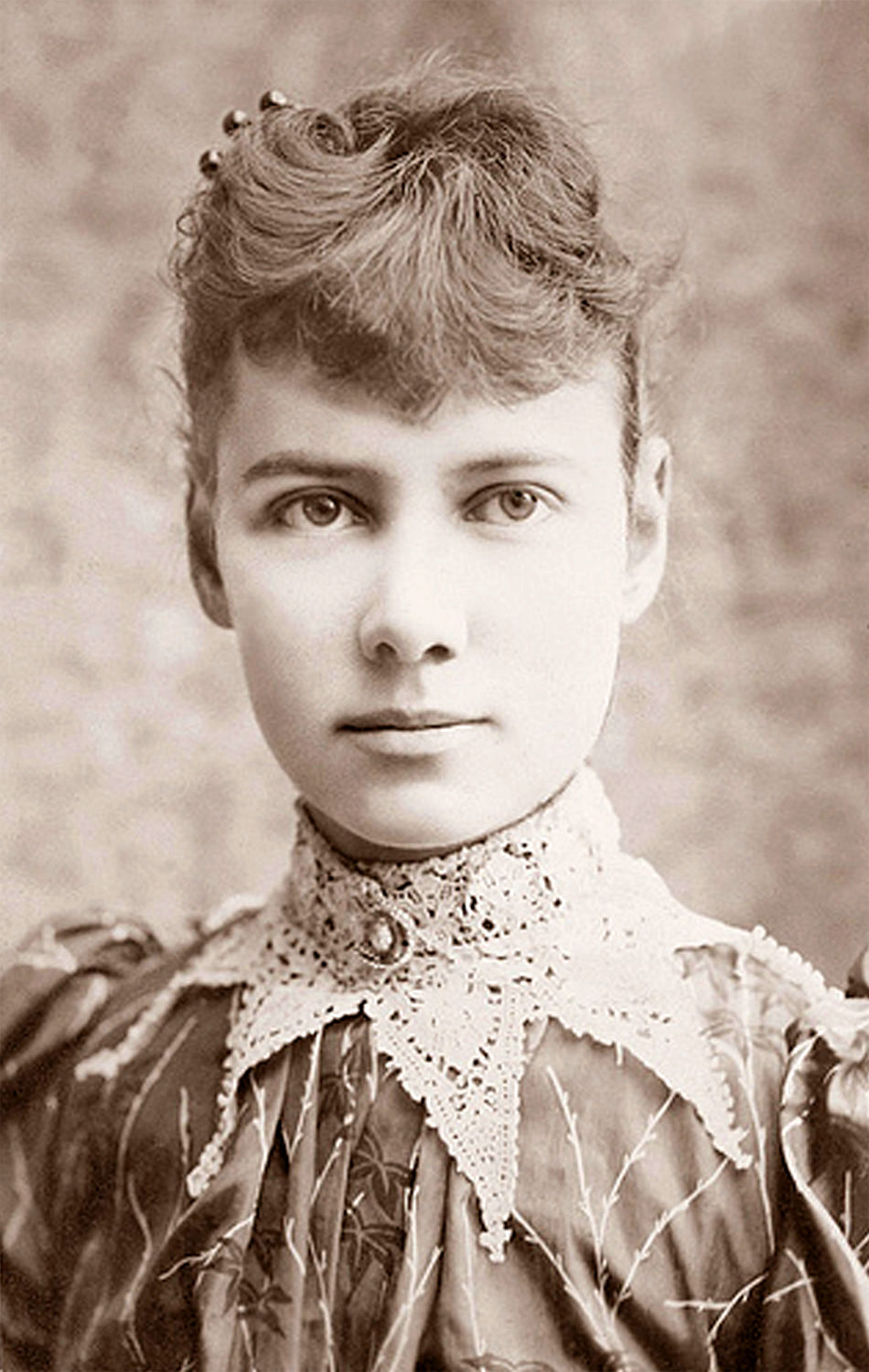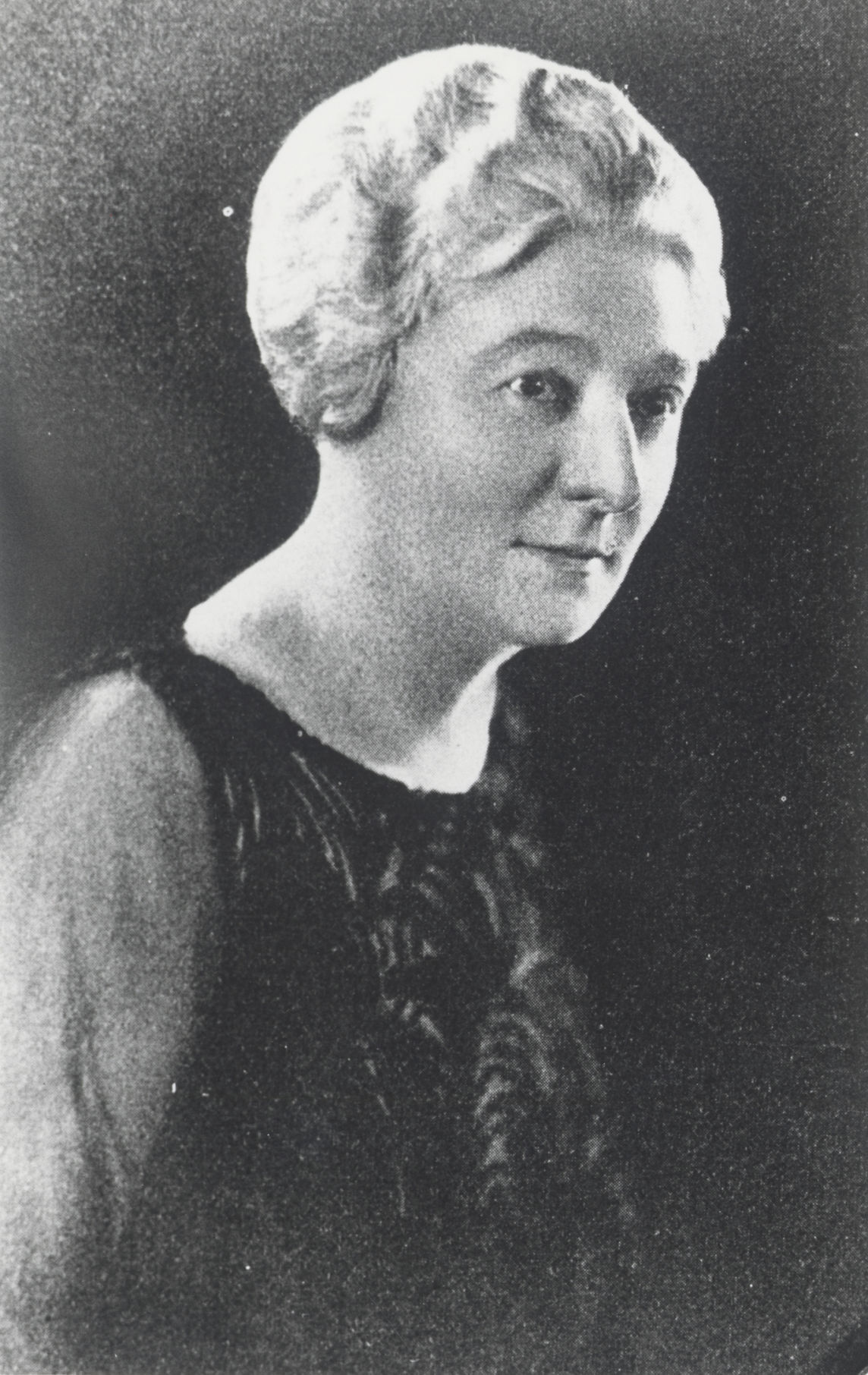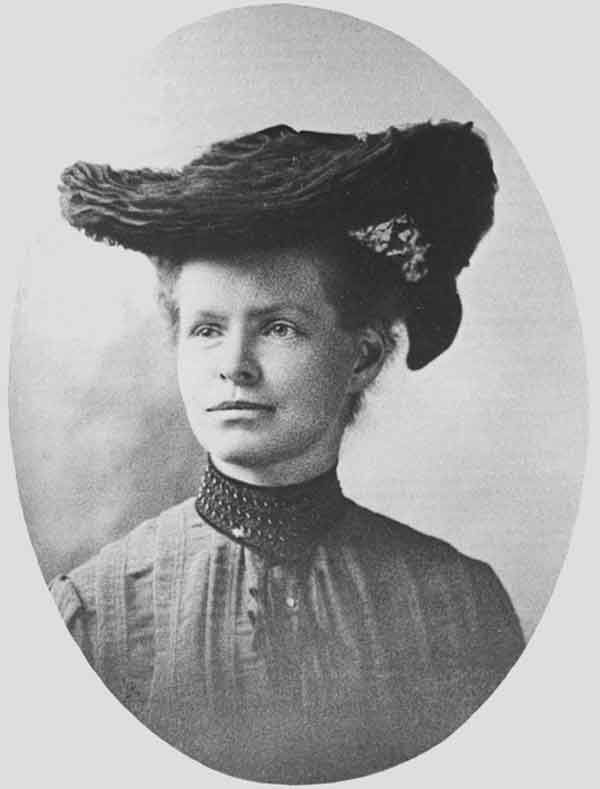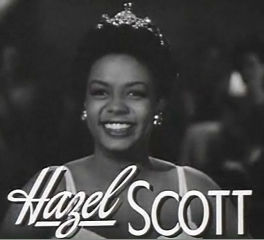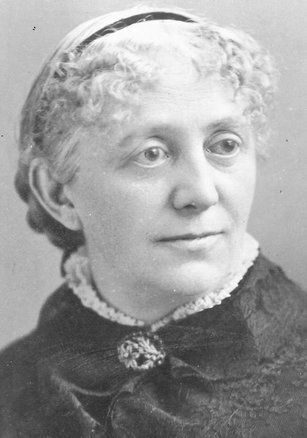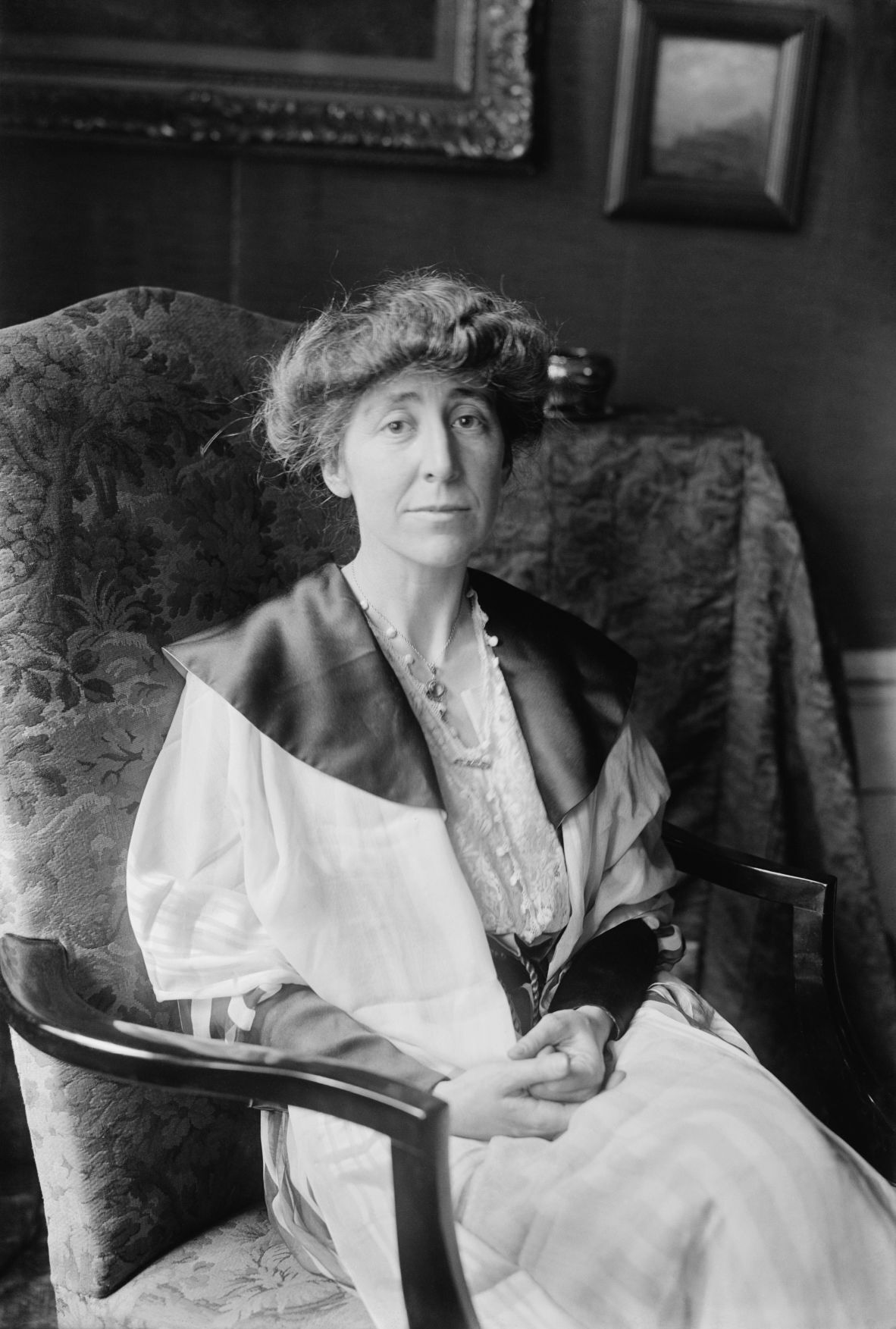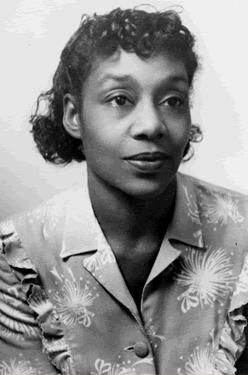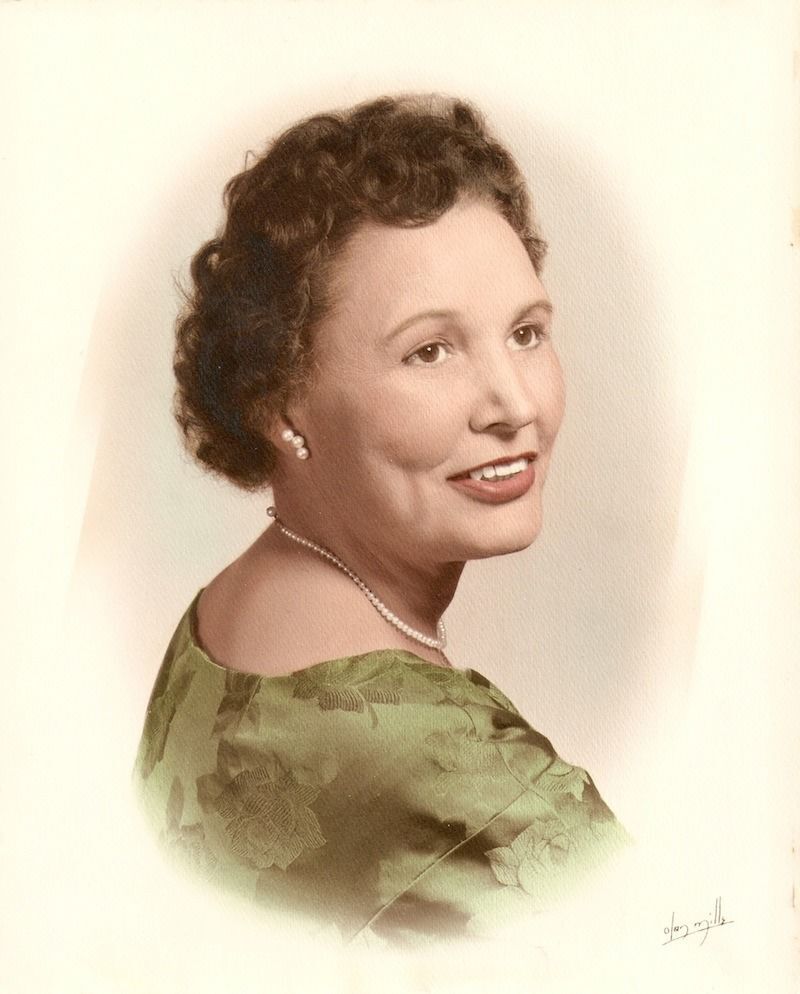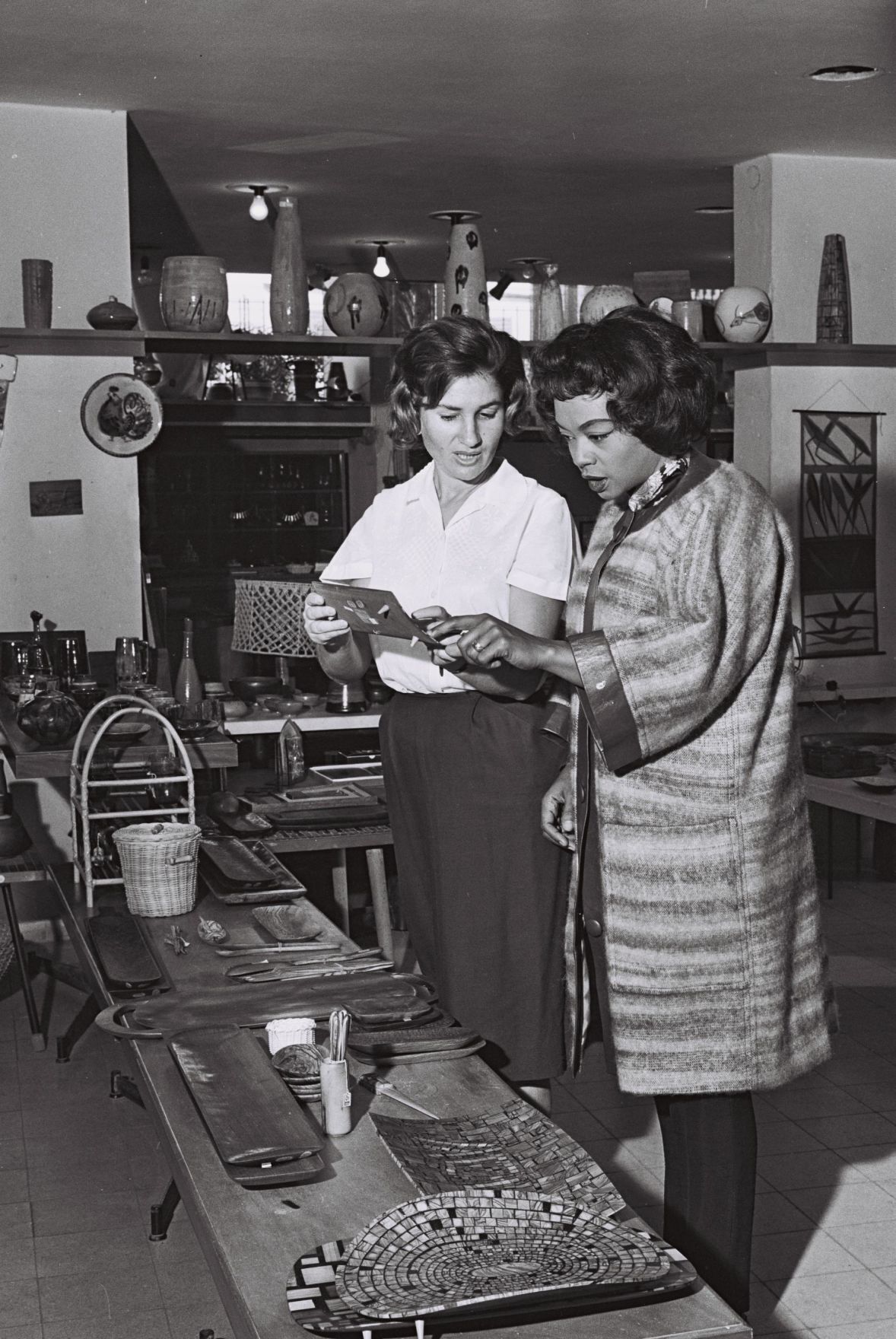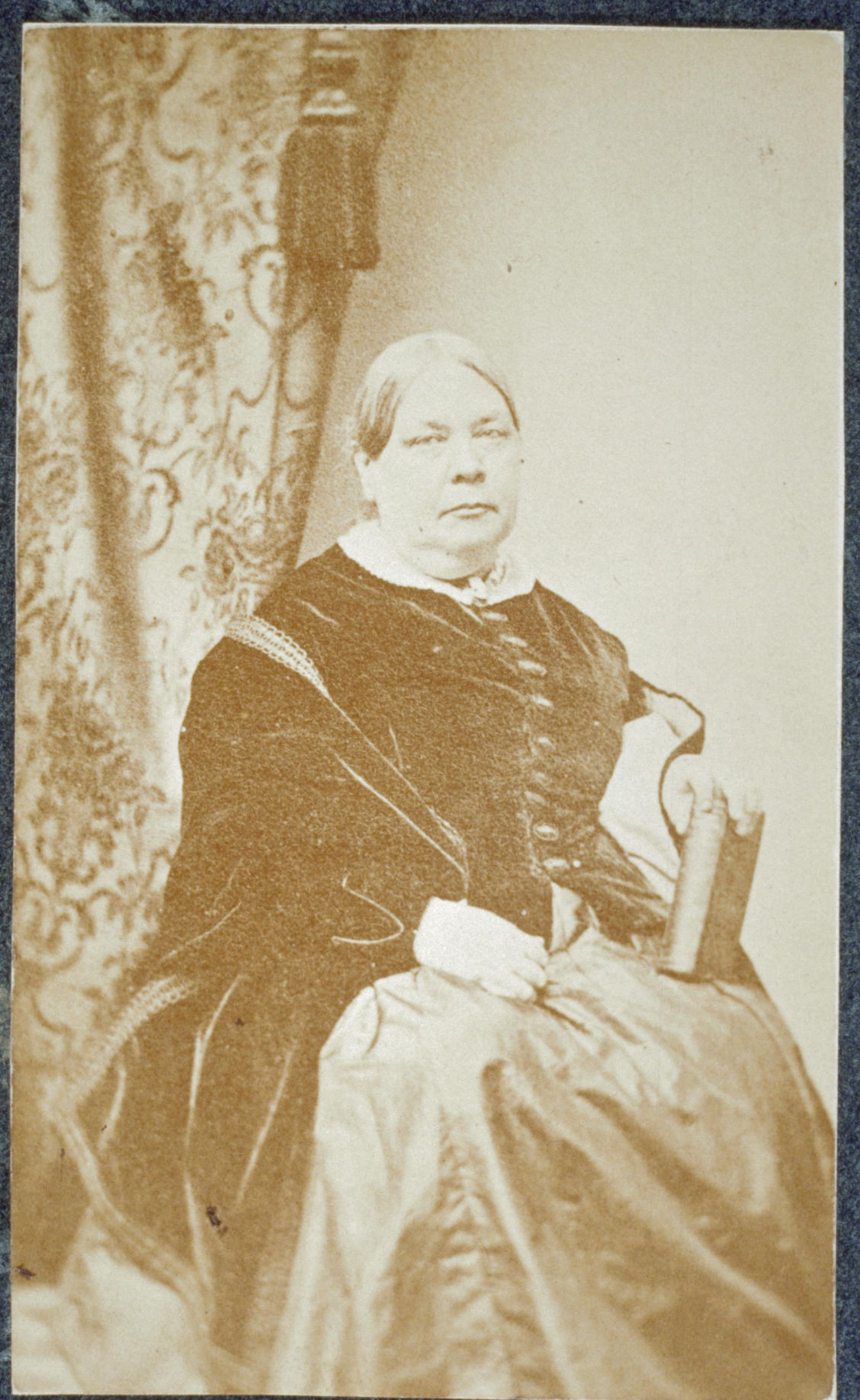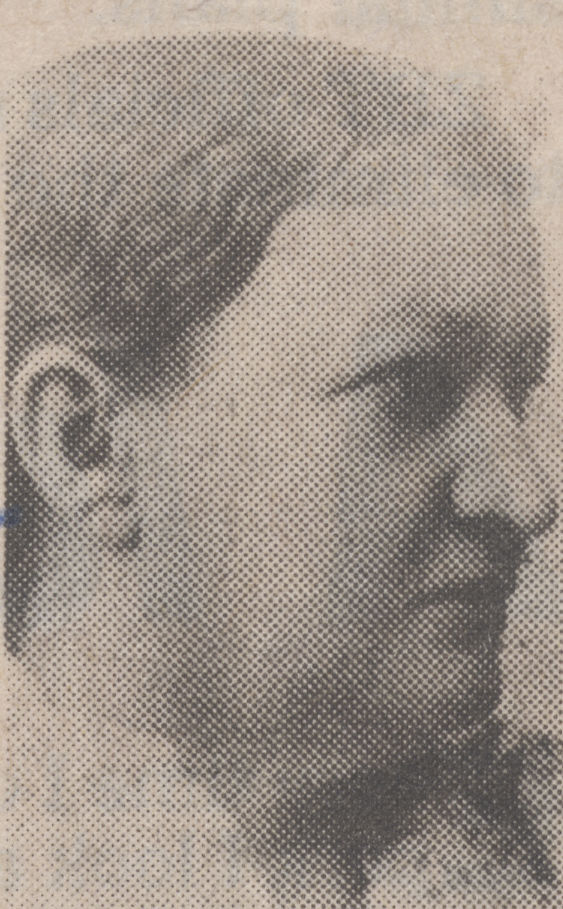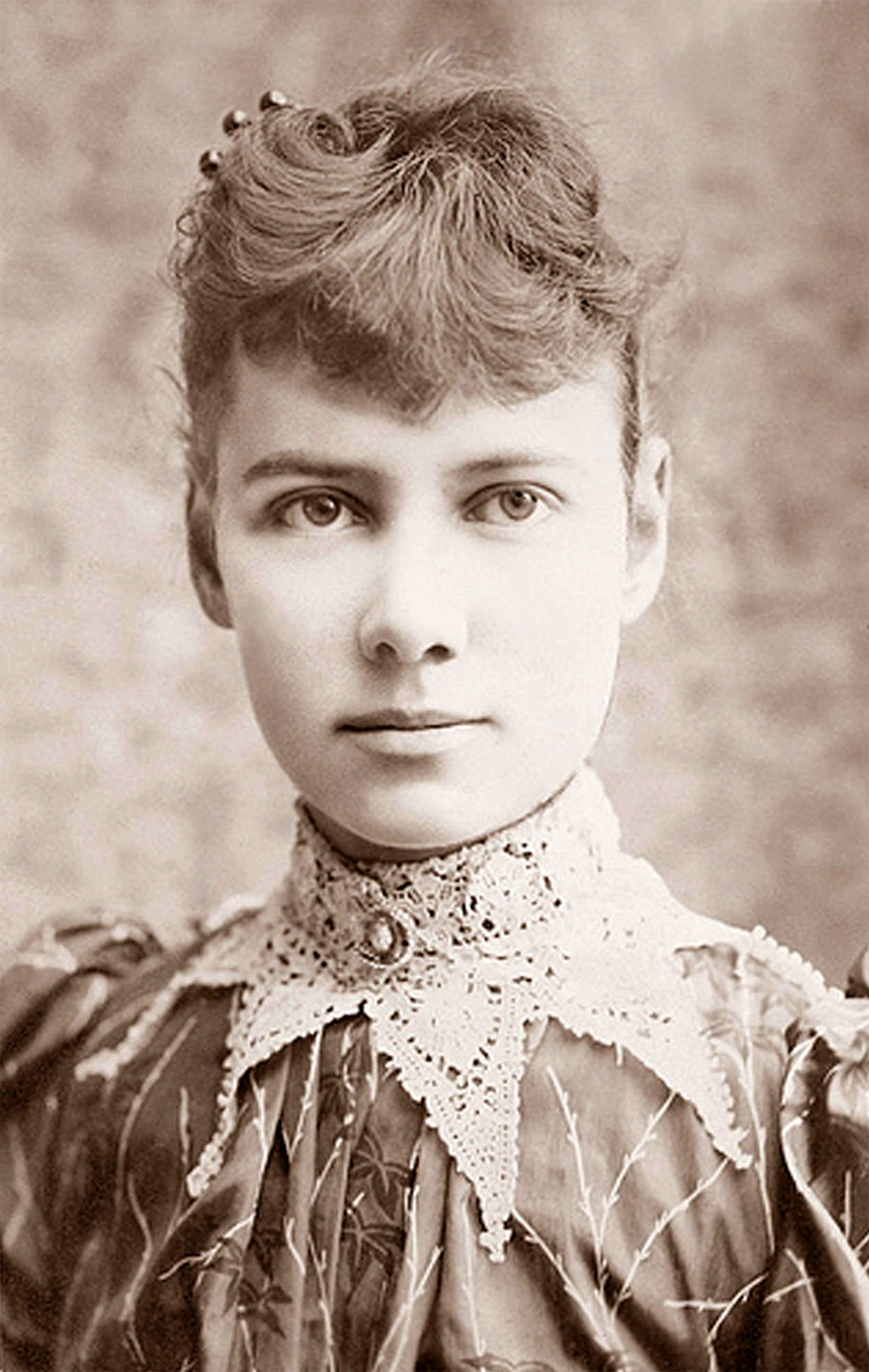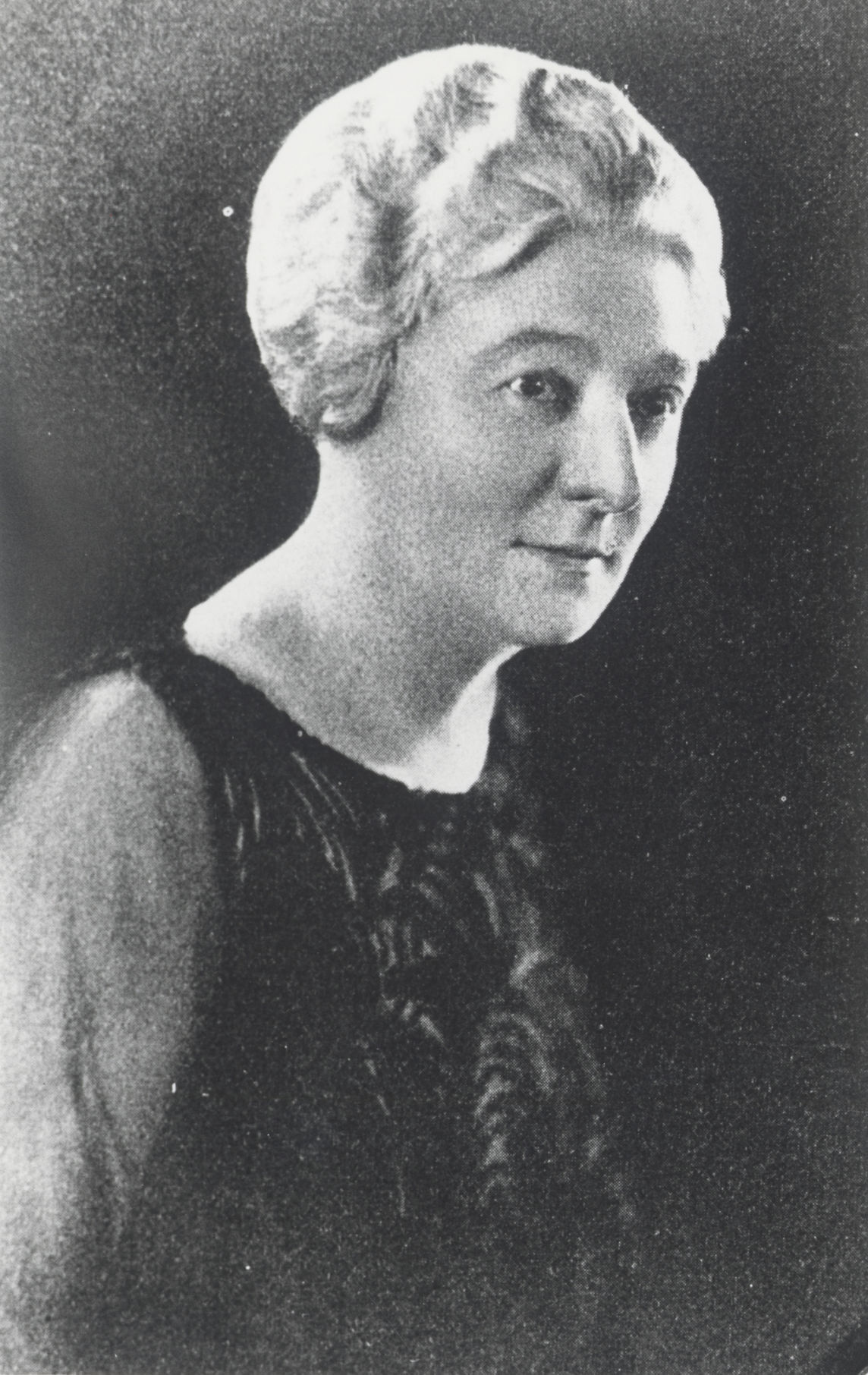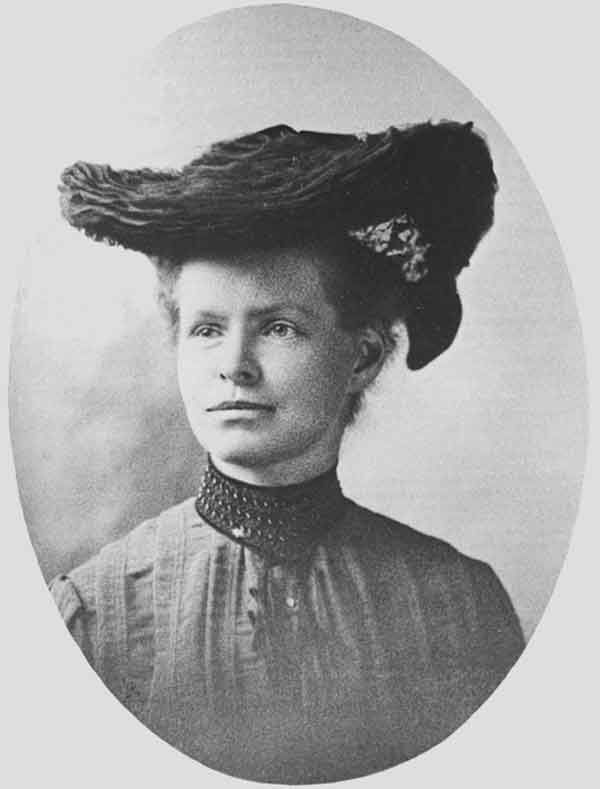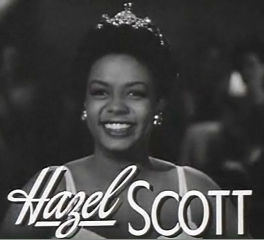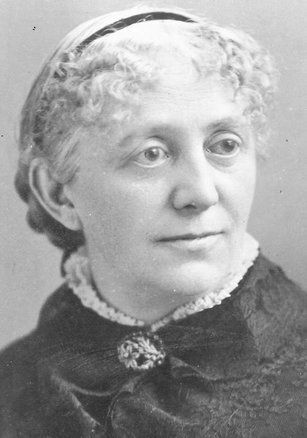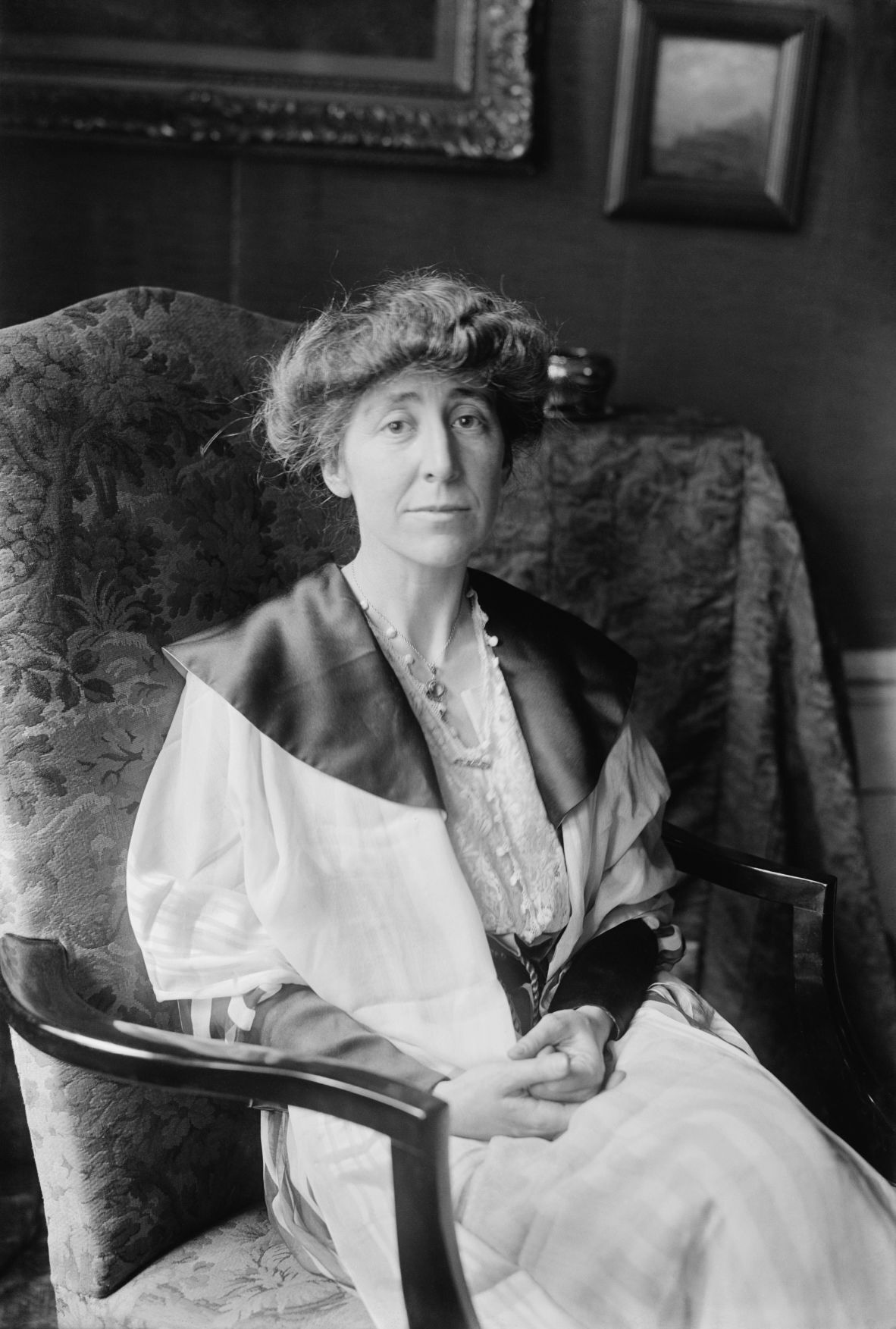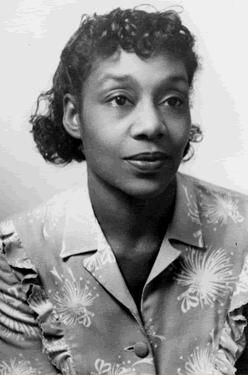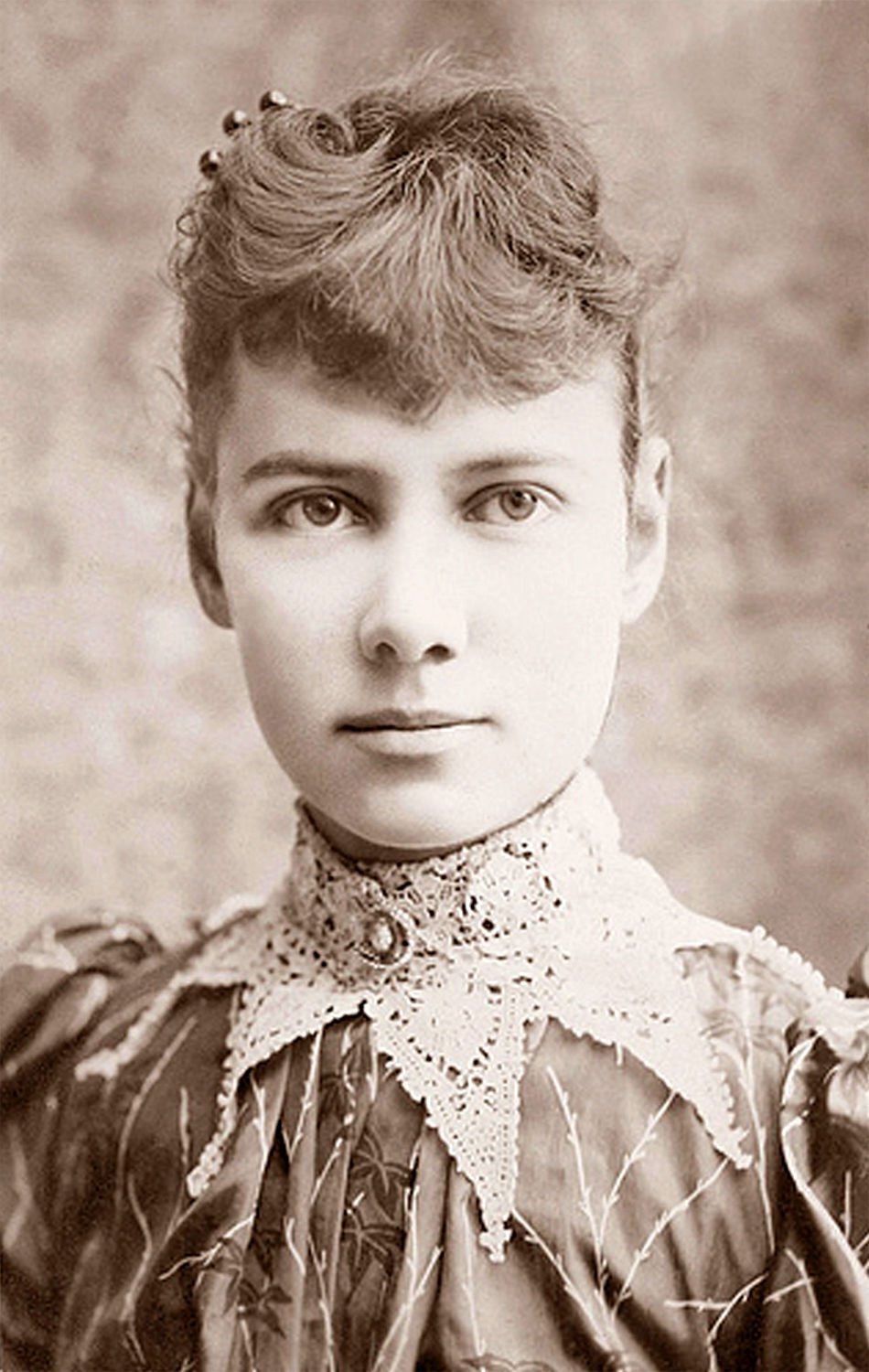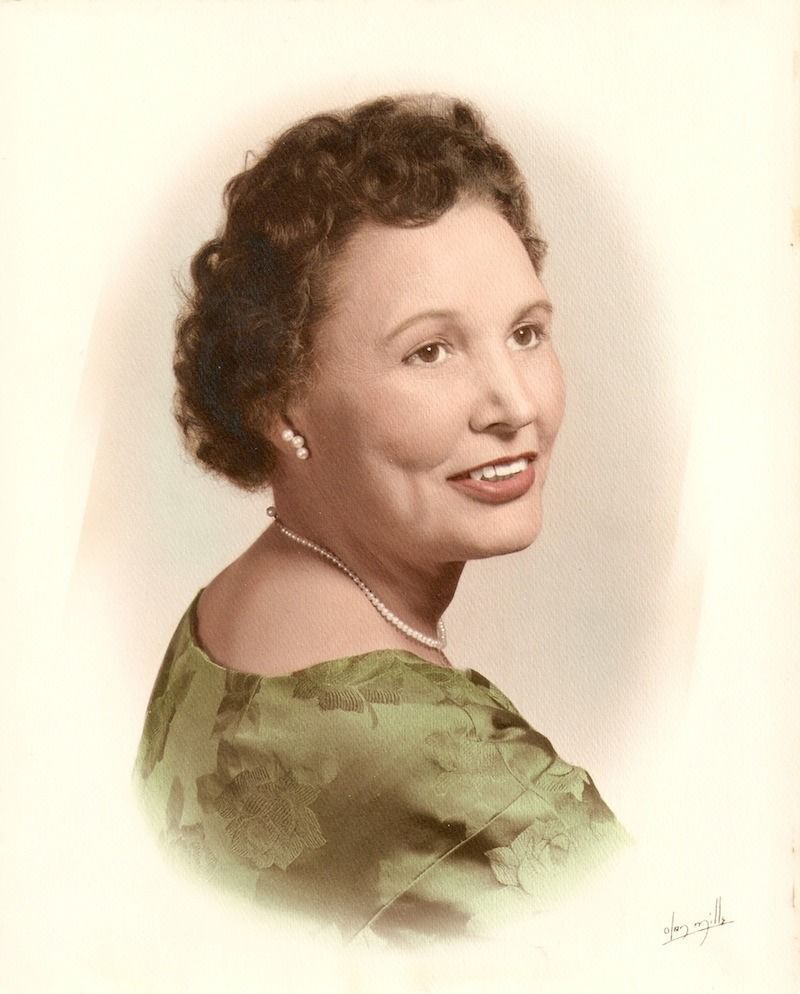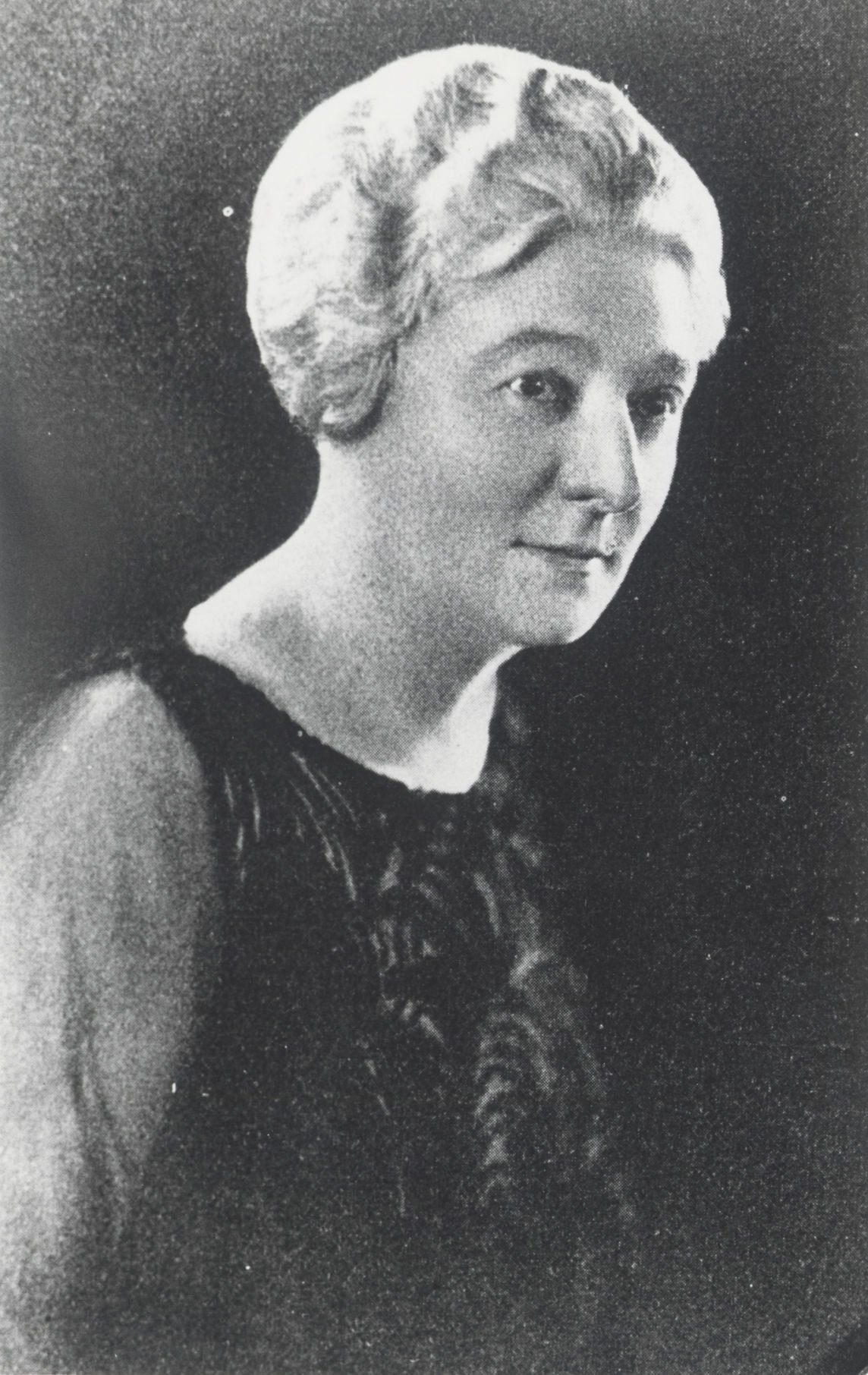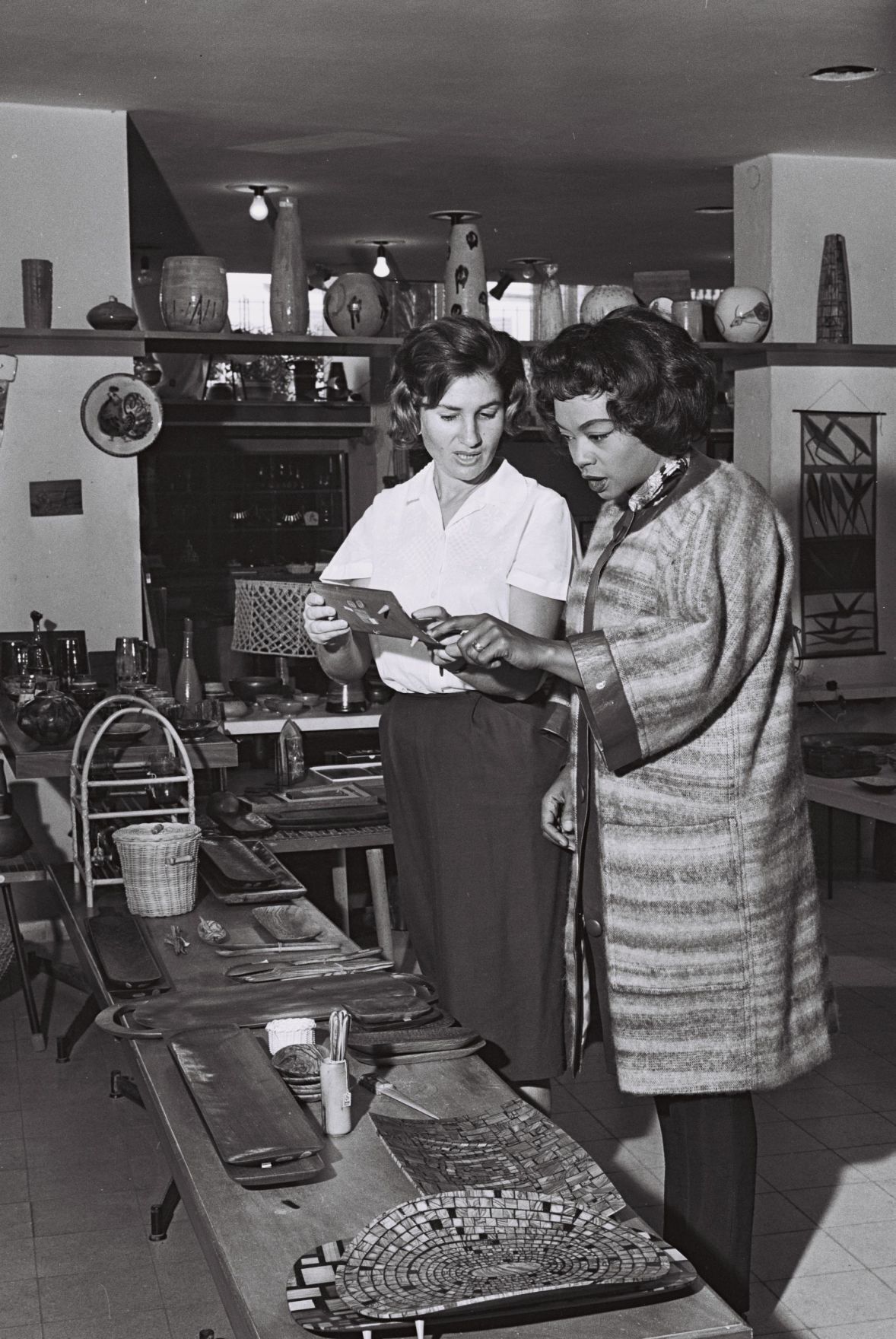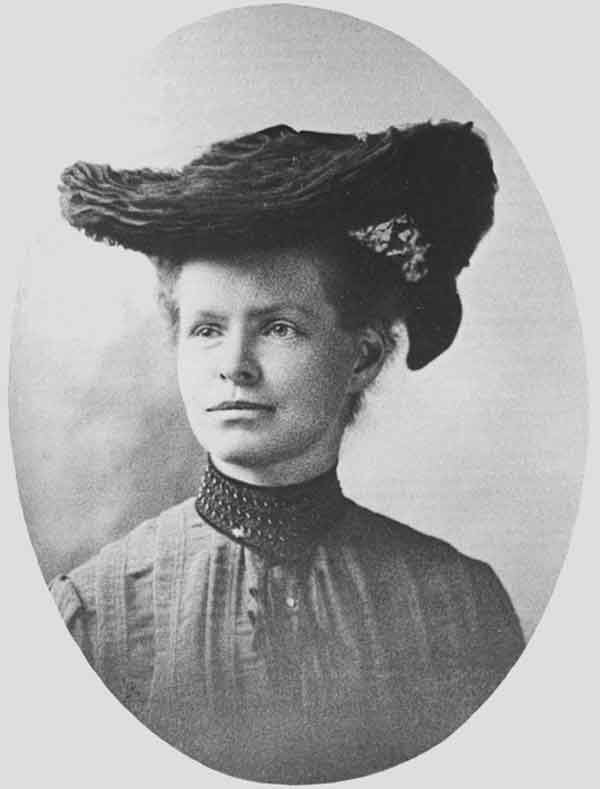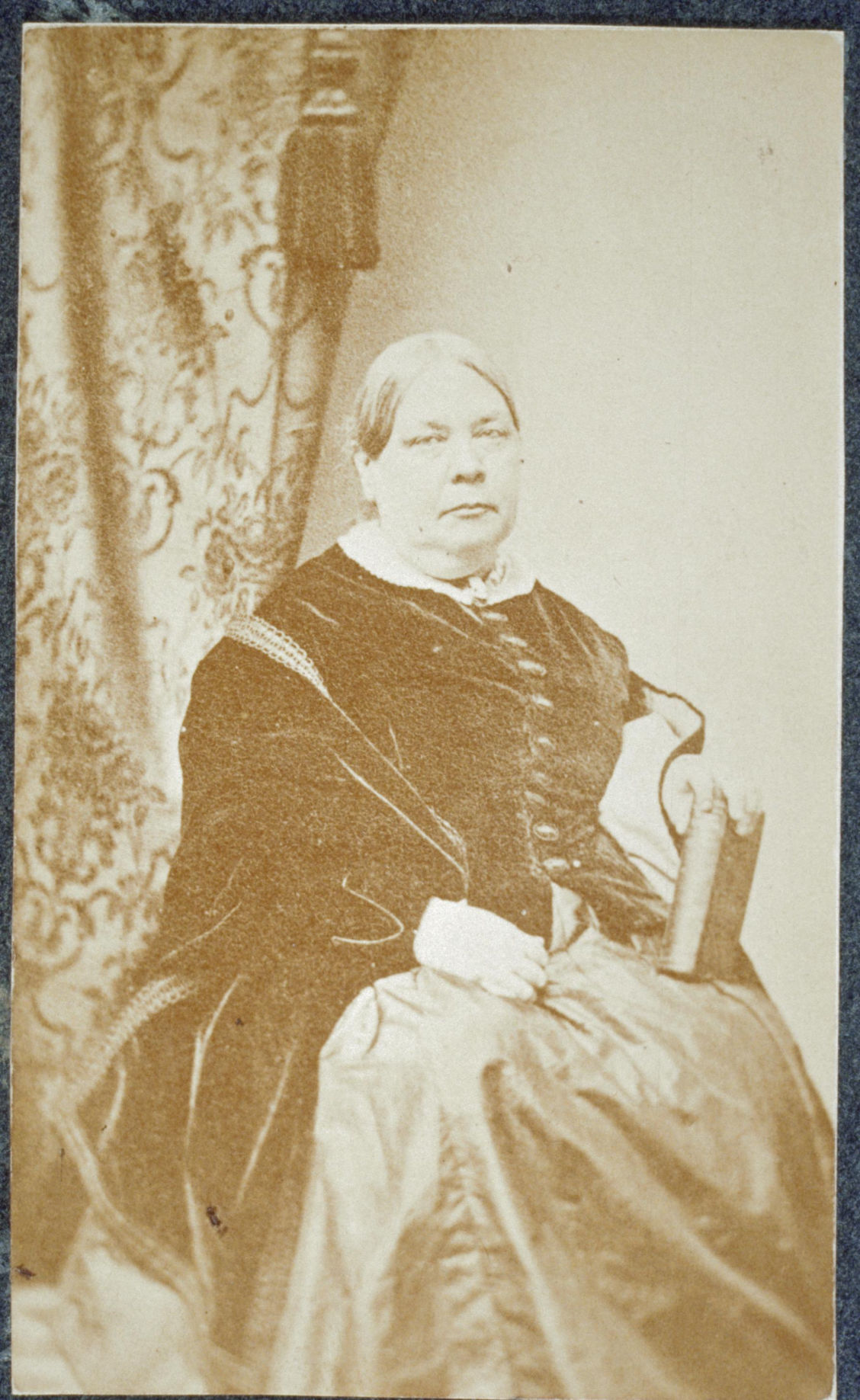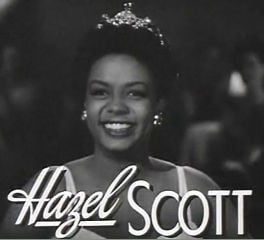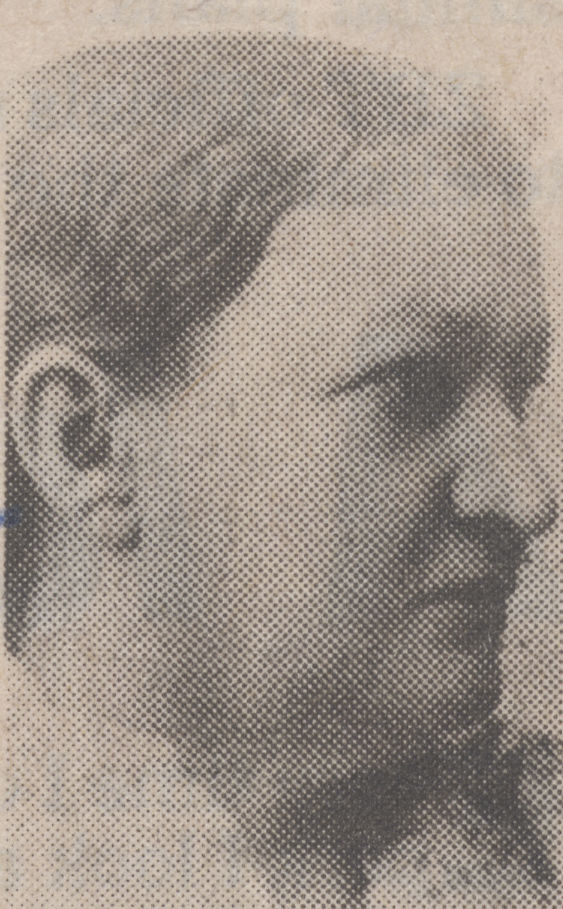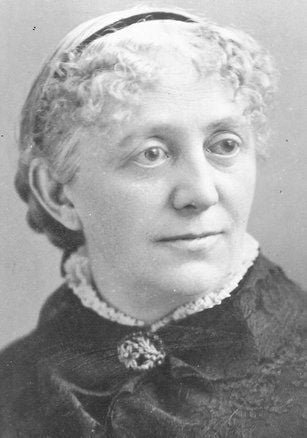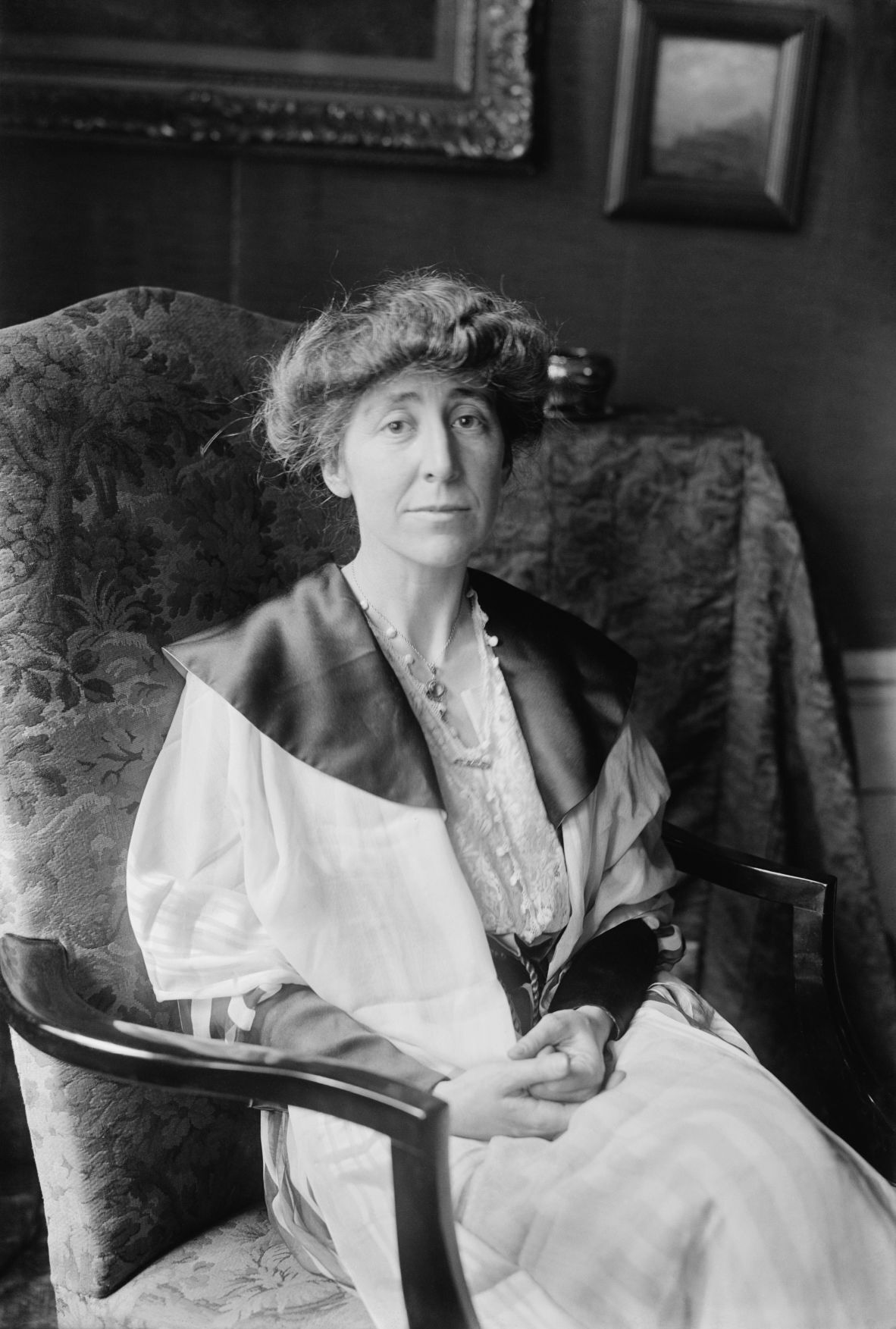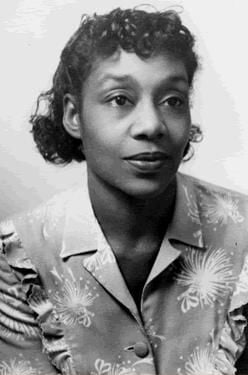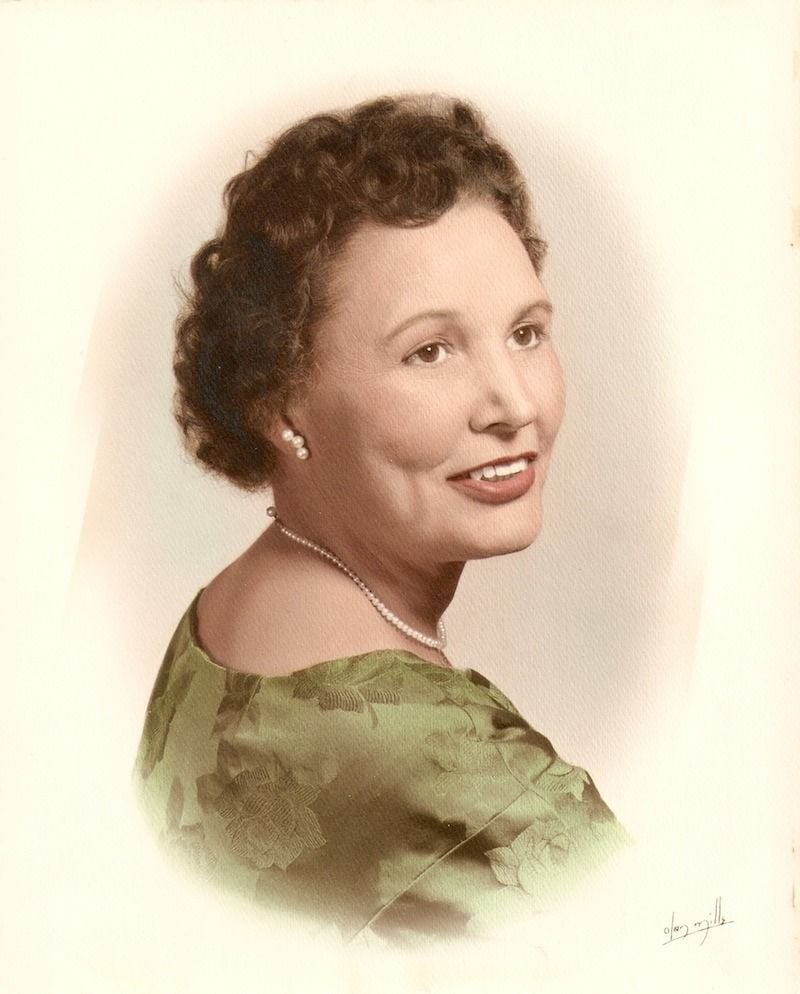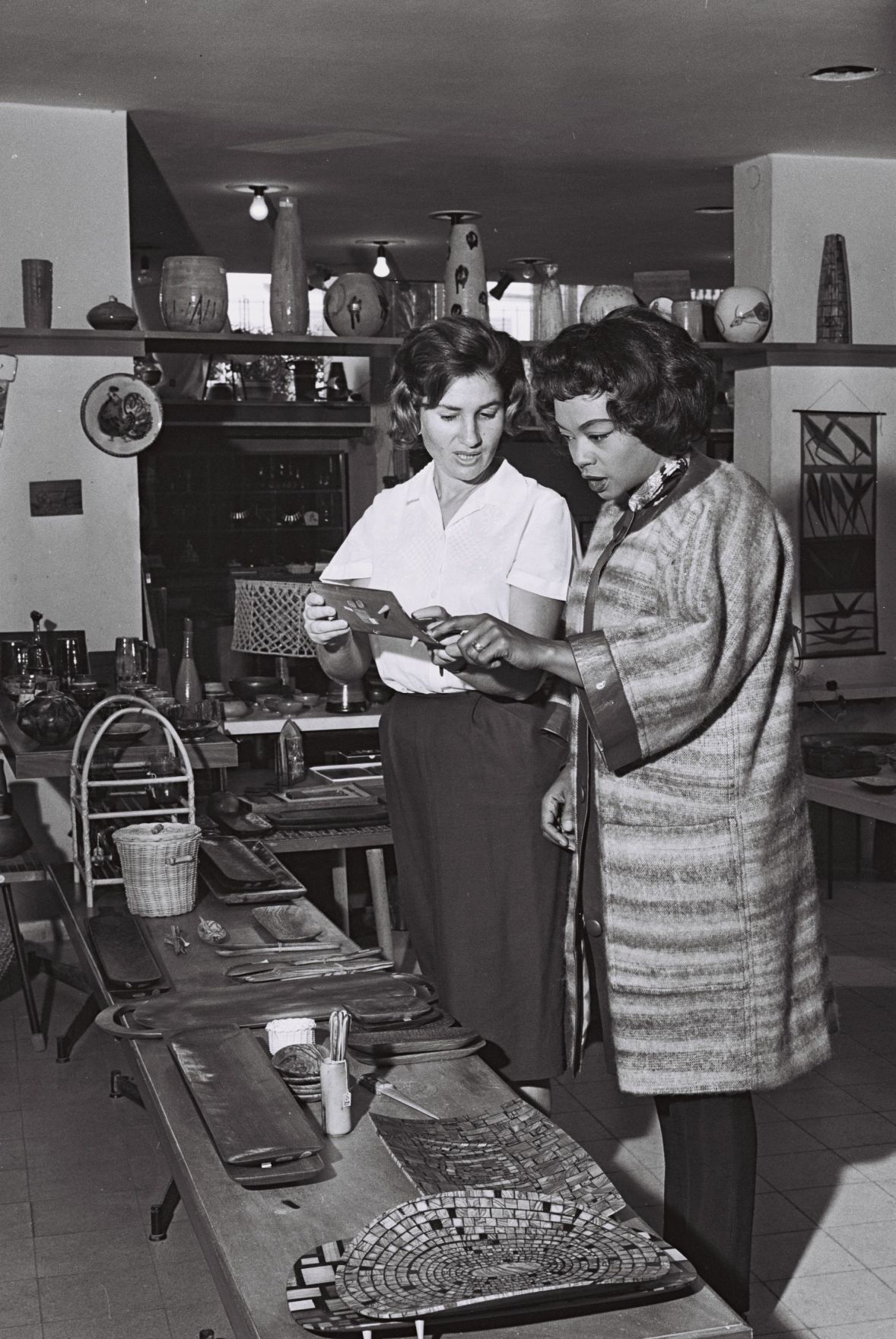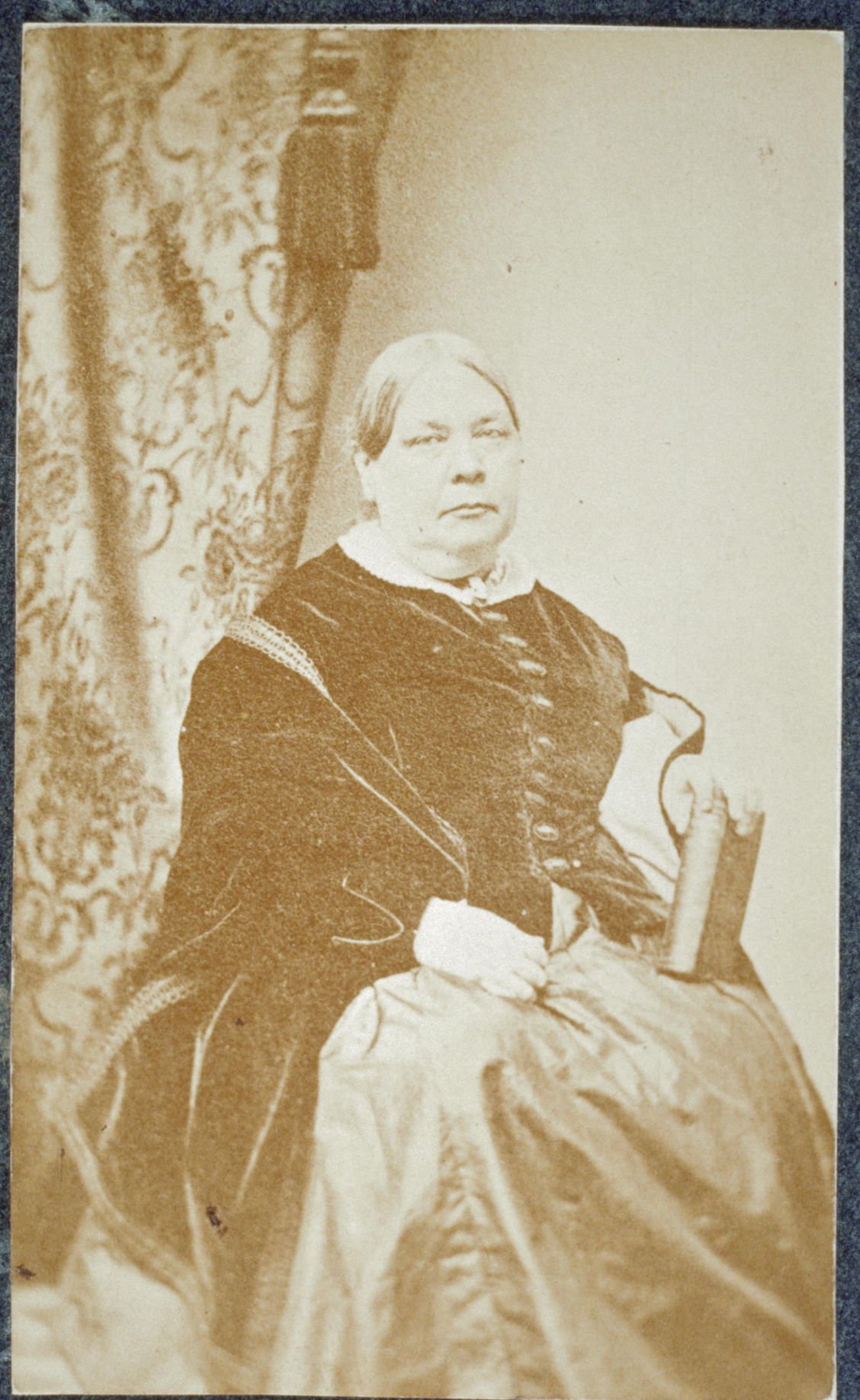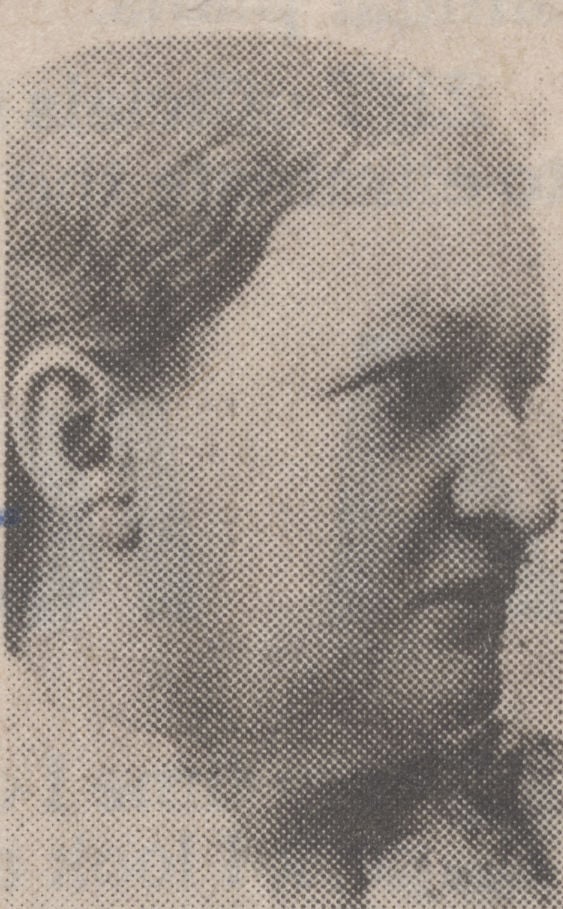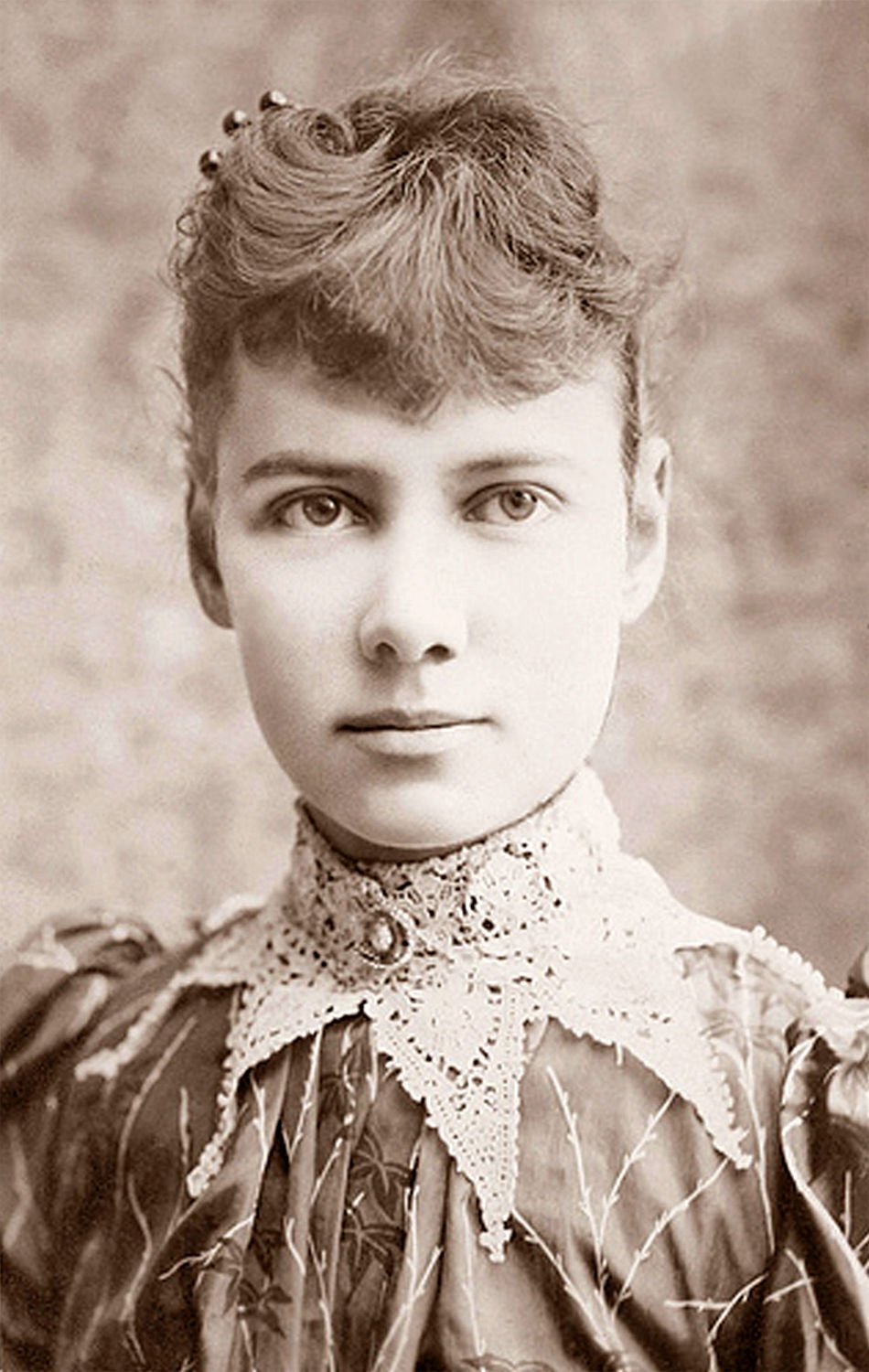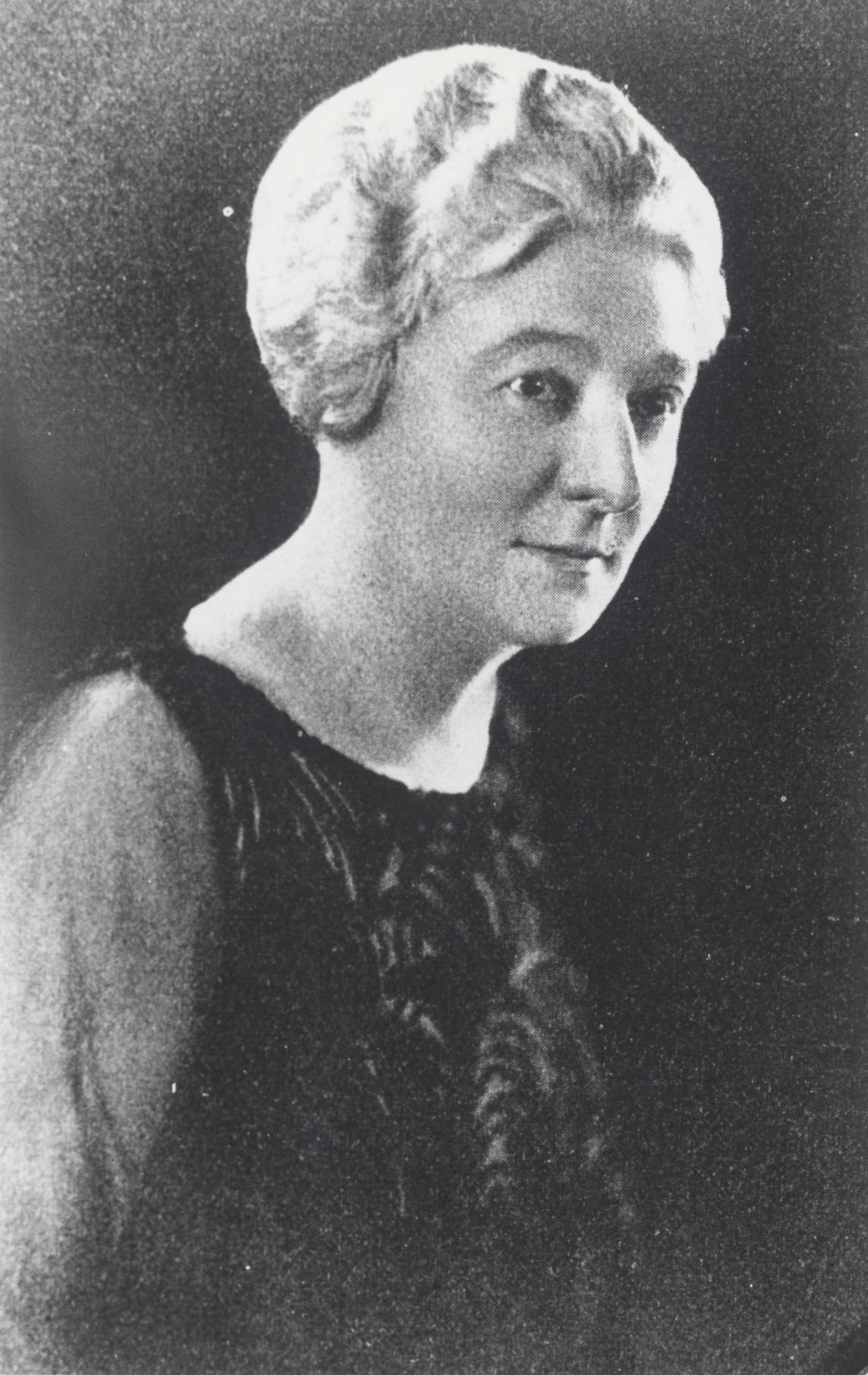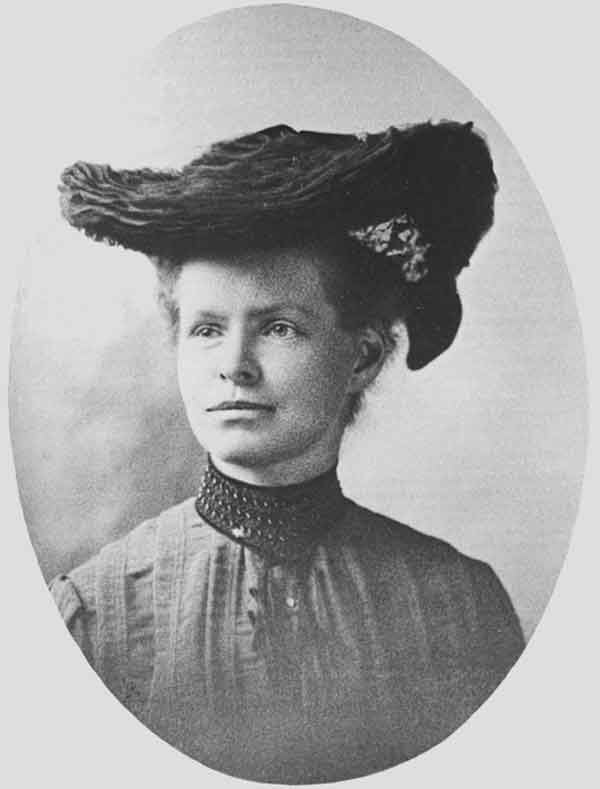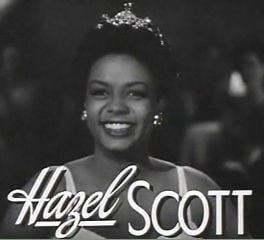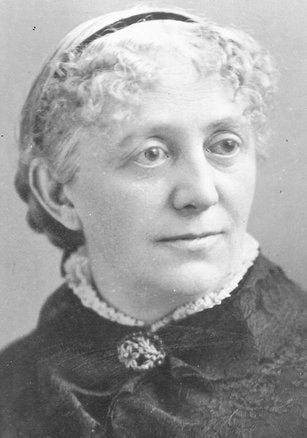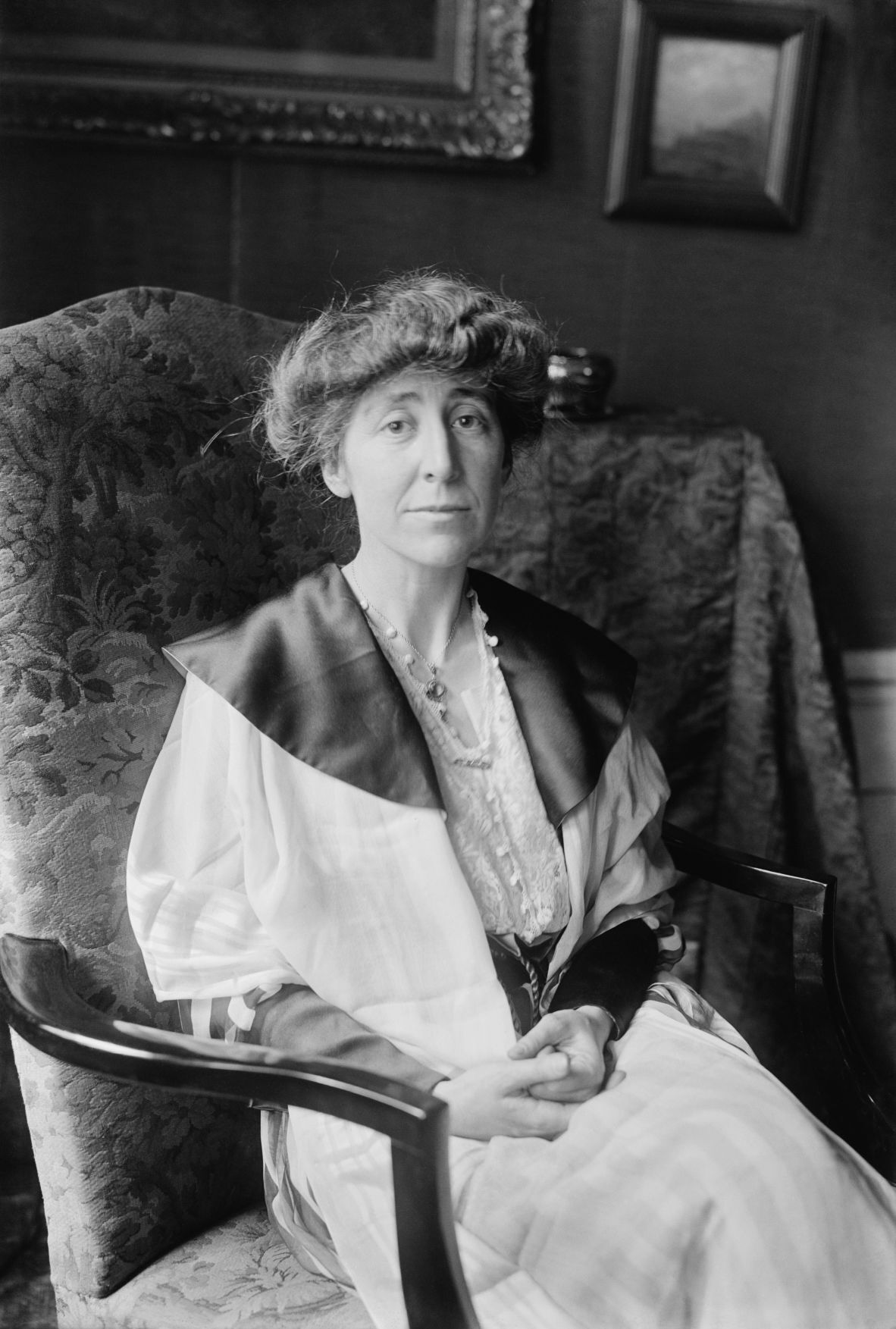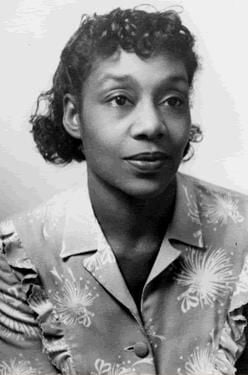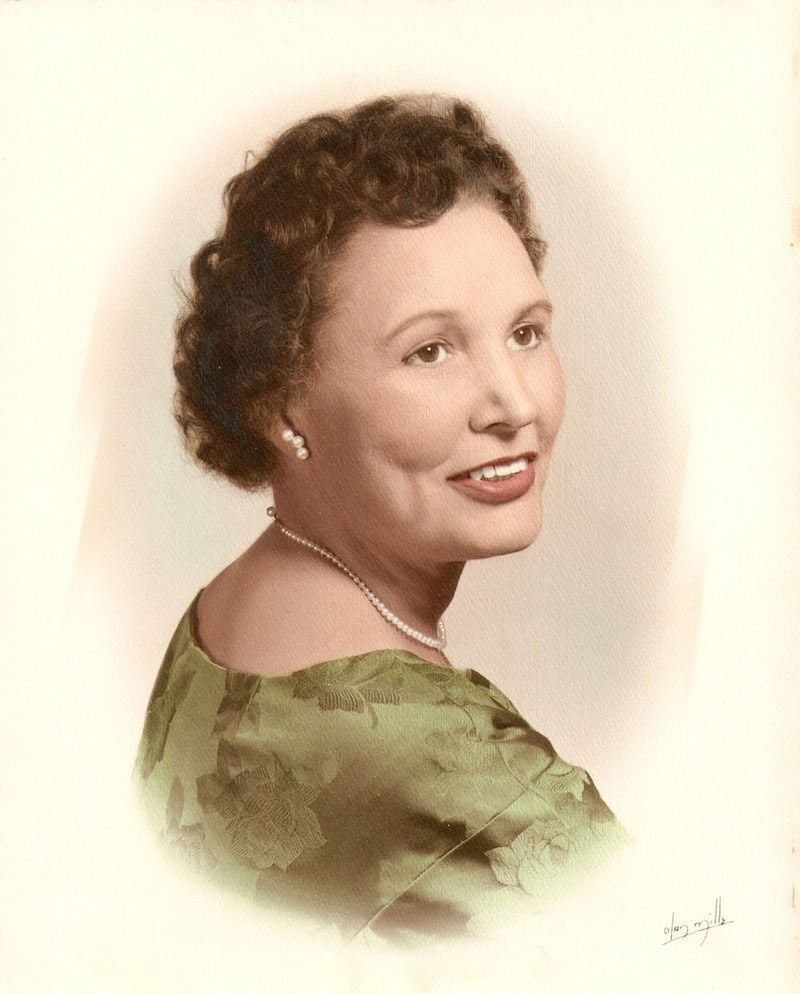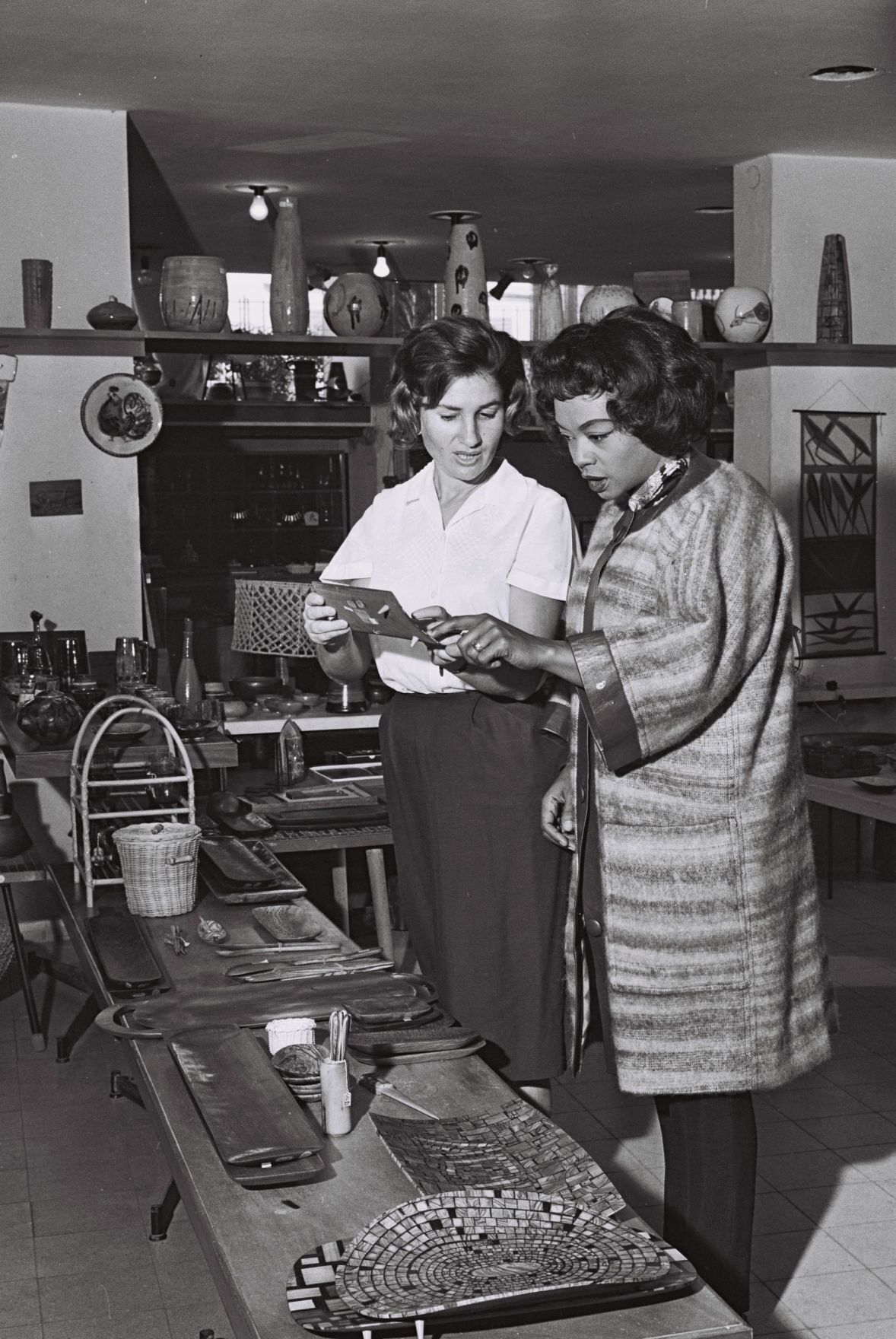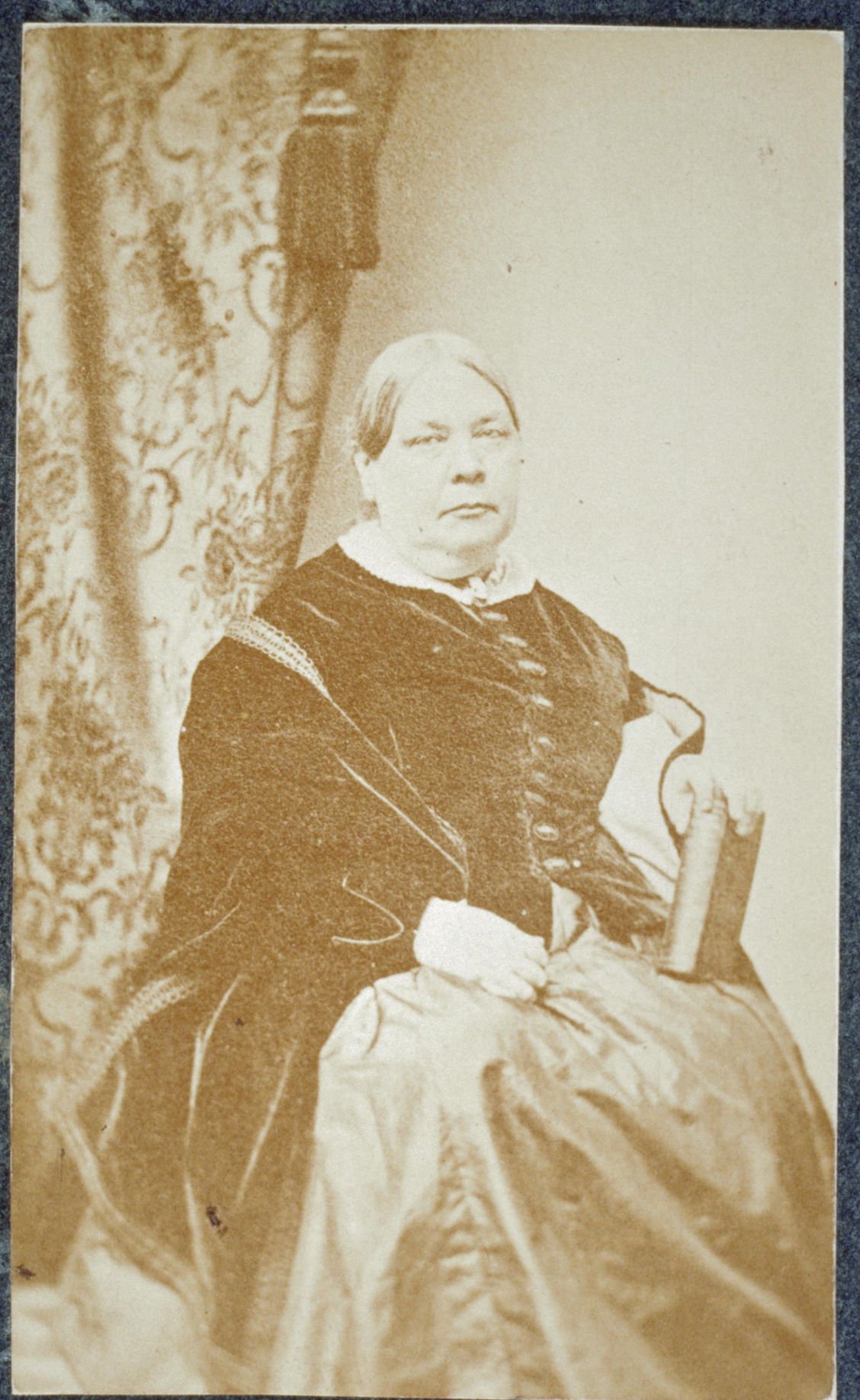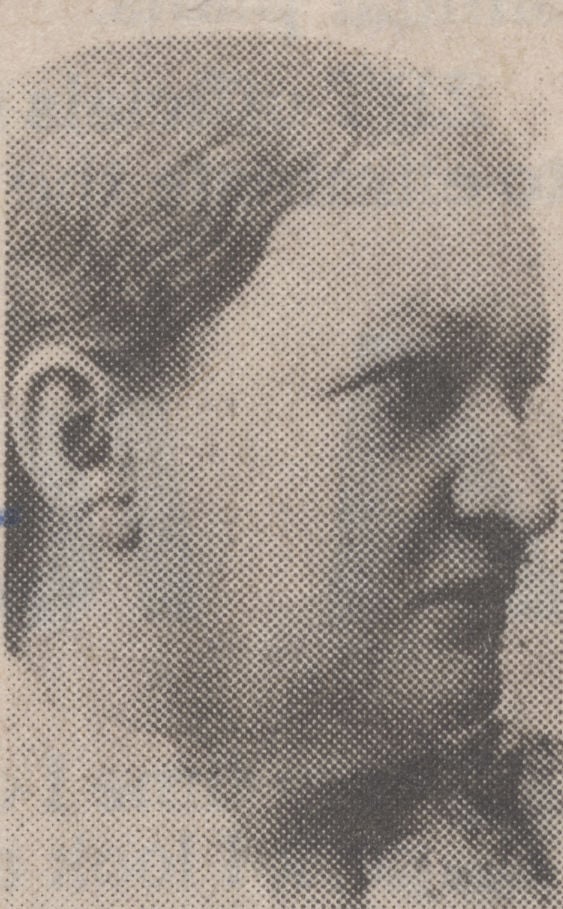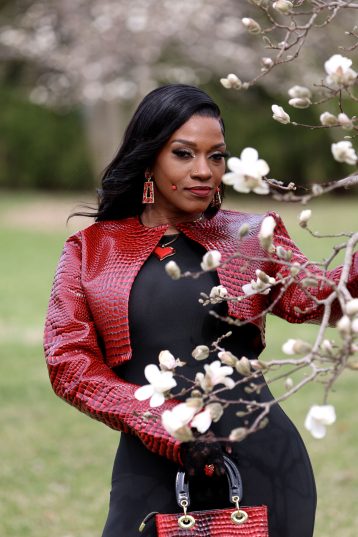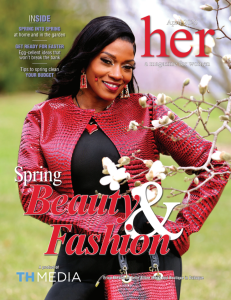There are great women all around us at all times.
And, when you take a look back through history, it becomes apparent very quickly that that always has been the case.
But, unfortunately, too many of those trailblazers have gone too long without the recognition that is their due.
Here is a list of a few of those women.
Mary Newbury Adams (1837-1901)
When Adams and five friends brought together the first women’s suffrage meeting in Dubuque in 1869, they were about 50 years ahead of the times.
Associated with many cultural and scientific entities, Adams was known for organizing clubs and speaking at functions on the issues of her day.
In fact, her study club in Dubuque led to her organizing a statewide association of such clubs that was the predecessor of the Iowa Federation of Women’s Clubs, which is active today.
As an ardent suffragist, she spent time not only campaigning for women to be given the right to vote, but also that they do so in an informed, independent manner.
Though she died before she saw that work completed, her legacy lives on. She was inducted into the Iowa Women’s Hall of Fame in 1981.
Nellie Bly (1864-1922)
Bly is getting something of a renaissance of recognition recently with a Lifetime original movie, “Escaping the Madhouse: The Nellie Bly Story,” starring Christina Ricci and Judith Light.
Elizabeth Jane Cochran (later Cochrane) took the pen name “Nellie Bly” when she began writing columns for the Pittsburgh Dispatch newspaper. Unfortunately, the columns were restrictive, forcing her to write only about “women’s issues,” when Bly wanted to tackle hard hitting news.
Her decision to pretend that she had a mental illness to infiltrate the asylum system in the United States led to her six-part series “Ten Days in a Mad-House.” Published in the New York World, it exposed the inhumane and broken system to the world and was an early example of investigative journalism.
Though she would retire from journalism for a while, she also patented several inventions related to oil manufacturing — some of which are used today — and eventually returned to writing to cover the women’s suffrage movement and World War I.
Nancy Hill (1833-1919)
Hill got her start in the medical field as a nurse during the U.S. Civil War. After earning her medical degree, the Boston native made her way to Dubuque where she —the first woman to do so in the Key City — practiced medicine for 36 years.
In her time in the tri-states, she founded the Women’s Rescue Society in 1896 to care for unwed mothers and their babies. That institution would eventually become Hillcrest Family Services in 1975.
Hill was inducted in the Iowa Women’s Hall of Fame in 1989 and her legacy lives on with the 123-year-old institution that continues to serve its mission.
Harriot Hunt (1805-1875)
As the first woman to apply to Harvard Medical
School, many consider Hunt to be the mother of
American women physicians.
But it was her sister’s illness — and the ultimately useless and extreme measures prescribed by physicians of the era — that led her to study medicine as it was just beginning to become a truly scientific pursuit.
She was twice rebuffed from Harvard, later writing, “When civilization is further advanced, and the great doctrine of human rights is acknowledged, this act will be recalled and wondering eyes will stare, and wondering ears will be opened, at the semi-barbarism of the middle of the nineteenth century.”
Hunt might never have attended a prestigious medical school, but she established a successful practice that lasted until her death.
Her core beliefs were that medicine should be natural, doctors should consult and listen to patients and women were more likely to speak freely with female doctors without breaking the taboos around modesty and morality. She also advocated for patients to take charge and become their own physicians.
Her work led to her receiving an honorary degree from the Female Medical College of Philadelphia in 1853.
Virginia Irwin (1908-1980)
Irwin’s daring is the stuff of legend, especially among war correspondents.
Foreign reporters were kicked out of Nazi-run Berlin in 1941. The first American journalist to re-enter the city was Irwin, and she did it before the city fell to invading Russian troops.
She convinced a young army sergeant to drive her into the city on April 27, 1945, just days before Adolf Hitler would commit suicide in a bunker. She found a battle-wracked city as Soviet troops fought their way into the German capitol and began the first tentative celebrations as World War II’s end seemed to come near.
“They were in Berlin,” she wrote of the Soviets. “In this German capital lies their true revenge for Leningrad and Stalingrad, for Sevastopol and Moscow.”
Her work was picked up by The Associated Press and syndicated to newspapers around the U.S. Her detailing of a city of the brink of falling to Allied forces was unique and engrossing. In the process, she also made herself persona non grata with the U.S. military and would have her credentials revoked before heading home.
Anna Lawther (1872-1957)
A native Dubuquer, Lawther started her education in the tri-states but traveled east to attend college, including getting her bachelor of arts from Bryn Mawr College.
After spending some time working in the college’s administration, she returned to Dubuque in 1912. She became a key figure in the struggle for women’s suffrage as president of the Iowa Equal Suffrage Association.
Later, after the women’s suffrage became the law of the land, she was appointed Iowa’s first Democratic National Committeewoman, as well as the Iowa State Board of Education.
She was an advocate of higher education for women for decades and Lawther Hall, on the campus of the University of Northern Iowa, is named in her honor.
She was inducted into the Iowa Women’s Hall of Fame in 1985.
Rose Marie McCoy (1922-2015)
The entertainment industry in its many varieties often is described as harsh — a place where you can be on top one day and thrown into obscurity the next.
Such a reputation only makes McCoy’s six-decade career in the music industry more impressive.
As a black woman breaking into the white male-dominated recording industry in the 1950s, she not only started writing songs but also produced records and founded a publishing firm.
In total, she wrote nearly 900 songs for famous acts like Nat King Cole, James Brown, Ike and Tina Turner, Jimmy Scott and Elvis Presley.
In fact, Presley’s first album featured a song by McCoy and Charles Singleton: “Trying to Get to You.” Later, he also would record her song, “I Beg of You.”
Her work has been recorded by R&B artists, blues musicians, jazz artists, country western stars and gospel singers.
Jeannette Rankin (1880-1973)
Jeannette Rankin was the first woman elected the U.S. Congress, and she won that victory before women could vote.
As an ardent women’s suffragist and proponent for social welfare, she blazed a trail that she correctly predicted would be followed by many more women through the years.
She also was a pacifist and the only member of Congress to vote against the U.S. participating in both World War I and World War II. Her no vote to the war resolution, one day after the surprise attack on Pearl Harbor, was said to have been accompanied by boos and hisses.
The Associated Press reported her saying, “As a woman I can’t go to war, and I refuse to send anyone else.”
When she died in in 1973, it was reported she was even considering another run for a House of Representatives seat to protest the Vietnam War.
Mary Golda Ross (1908-2008)
Ross was one of the key engineering figures that made sure satellites stayed in orbit and astronauts made it from launchpad to outer space.
She was not only one of the few women in her field, but she also was the great-great-granddaughter of Chief John Ross, who was forced to lead his people on the march that would become known as the Trail of Tears.
Ross’ skill with mathematics gained her the respect of everyone she worked with and led her to work at the Missiles Systems Division of Lockheed Martin’s Skunk Works. Most of what she worked on there remains classified to this day.
Hazel Scott (1920-1981)
Scott was a musical prodigy from an early age. Born in Trinidad, she moved to Harlem, N.Y., in the 1920s where she studied classical piano.
She became a “darling of the Cafe Society” in New York, according to her husband, Adam Clayton Powell Jr., and soon moved on to Broadway and Hollywood.
In all her roles, she refused to be cast or portrayed stereotypically or in traditionally African-American roles like servants. When performing live music, if she discovered a venue segregated its audience, she would refuse to play the show.
Scott became the first African-American woman to host a TV show when the DuMont Network began airing her 15-minute musical variety show.
Unfortunately, Scott was one of the many to fall under the boot heel of Senator Joseph McCarthy and the House Un-American Activities Committee. Faced with accusations of being a Communist, the show was canceled and Scott eventually moved to Europe where she continued to perform.
She returned to the U.S. in the late 1950s.
Nettie Stevens (1861-1912)
Born in Cavendish, Vt., Stevens got her master’s in biology from Leland Stanford University and her Ph.D. from Bryn Mawr College, all at a time when most women could only hope for a profession outside of teaching, nursing or being a secretary.
While studying abroad in Germany, Stevens developed an interest in chromosomes and heredity. This eventually led her to discover the role of X and Y chromosomes in sex determination. Originally working with mealworms, she expanded that research to other insects and paved the way for broad acceptance of the chromosomes’ roles in biology.
Though she died young of breast cancer, her work lives on in laboratories and classrooms around the world.
Dorothy West (1907-1998)
If Hazel Scott was a musical prodigy, Dorothy West certainly qualifies as a writing prodigy, having started writing at 7 and getting published regularly by the time she was 14.
West was the youngest member and last surviving member of the Harlem Renaissance’s cadre of writers and artists. Her work often featured the aspirations, ambitions and struggles of middle class African-Americans.
Her varied career took her as far away as Soviet Russia and saw her working with Jacqueline Kennedy Onassis to publish her long-awaited second novel, “The Wedding.”
As an intellectual, West was entirely devoted to writing and her work and life often are characterized as proto-feminist, as well as highly influential.
Sources: Telegraph Herald archives, The Associated Press, Iowa Women’s Hall of Fame (humanrights.iowa.gov), DNA from the Beginning (www.dnaftb.org), Scitable by Nature Education (www.nature.com), The Smithsonian magazine (www.smithsonianmag.com), History of American Women (www.womenhistoryblog.com), The Black Past (www.blackpast.org), Biography (www.biography.com) and the History, Art and Archive of the United States House of Representatives (history.house.gov).
Anthony Frenzel writes for the Telegraph Herald. Send your hacks, tips, suggestions, DIY thoughts, inspirations and cobbled-together-machinations to tony.frenzel@thmedia.com or share your pins with me on Pinterest (Anthony Frenzel), and you might just be featured in an upcoming edition of her Hacks.

